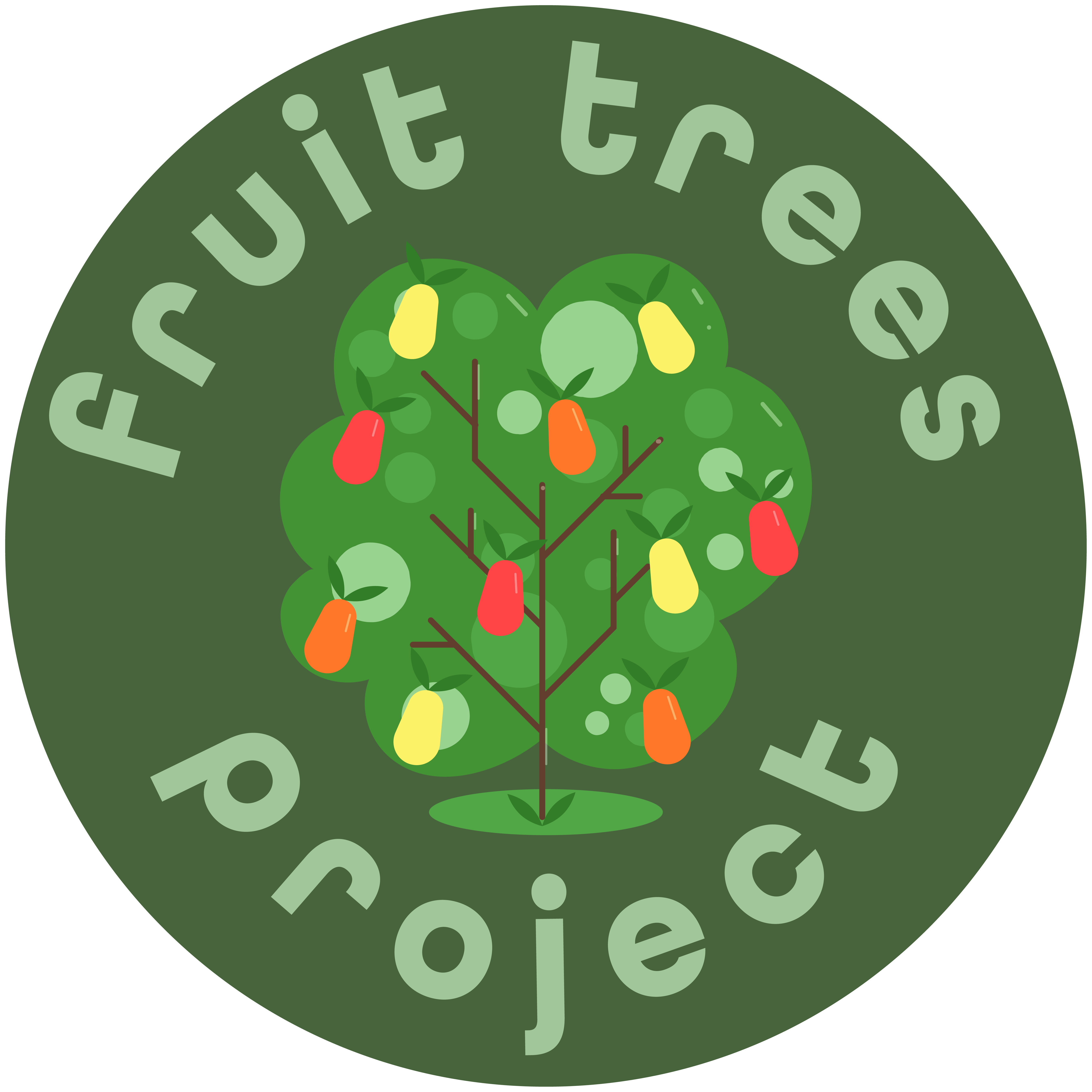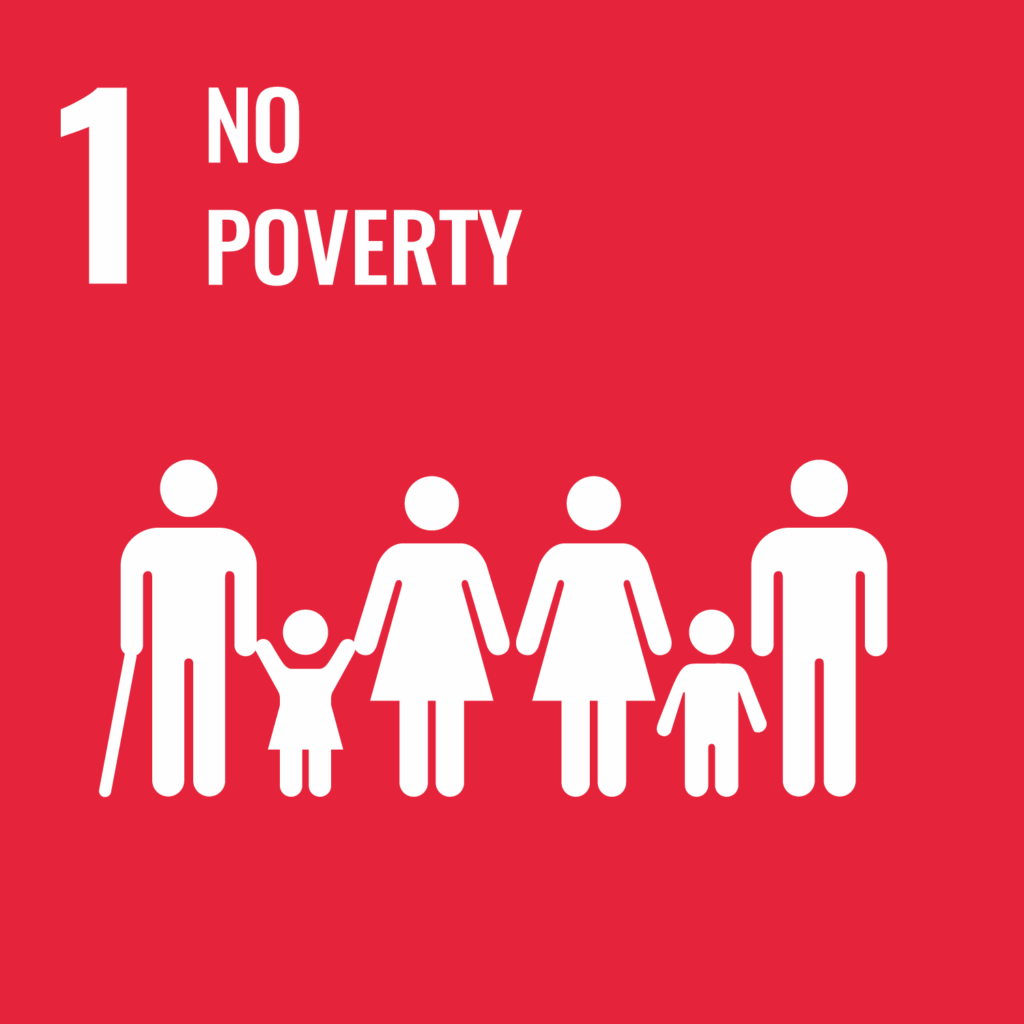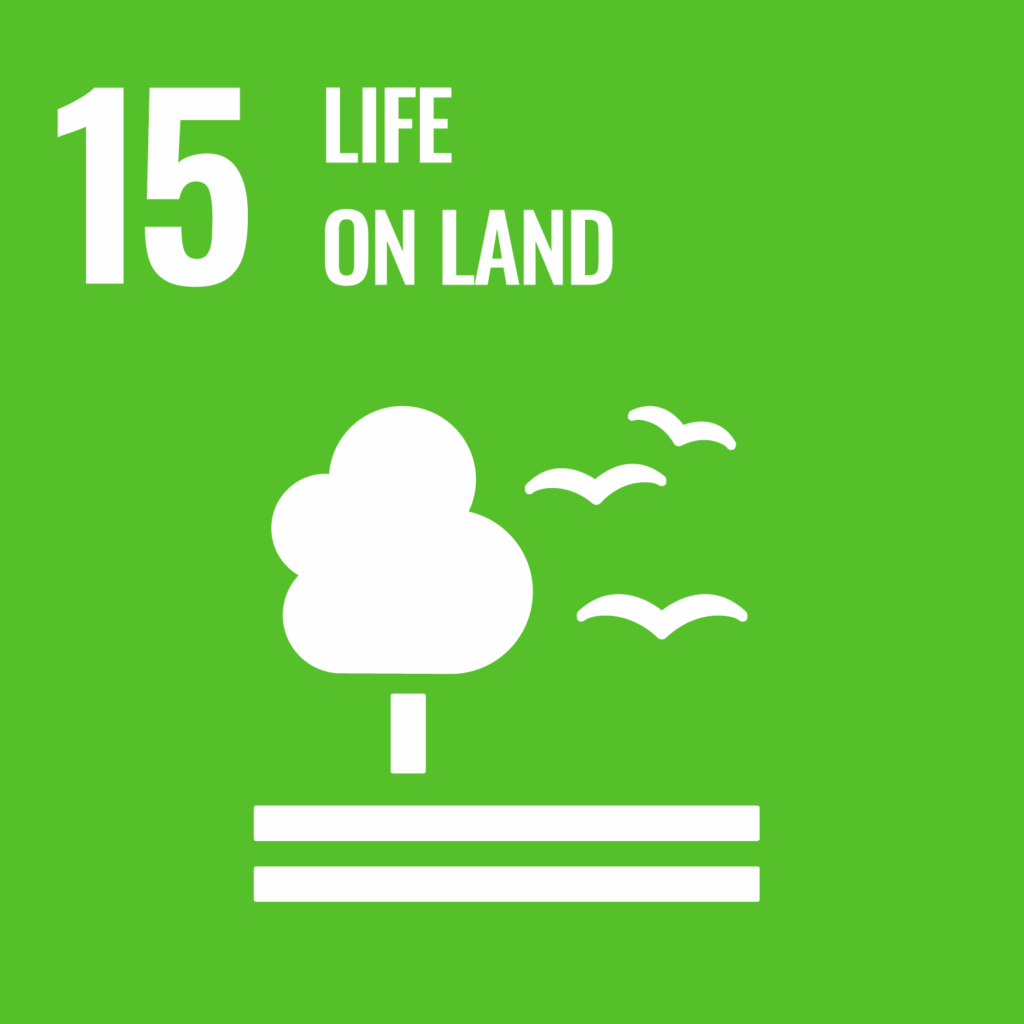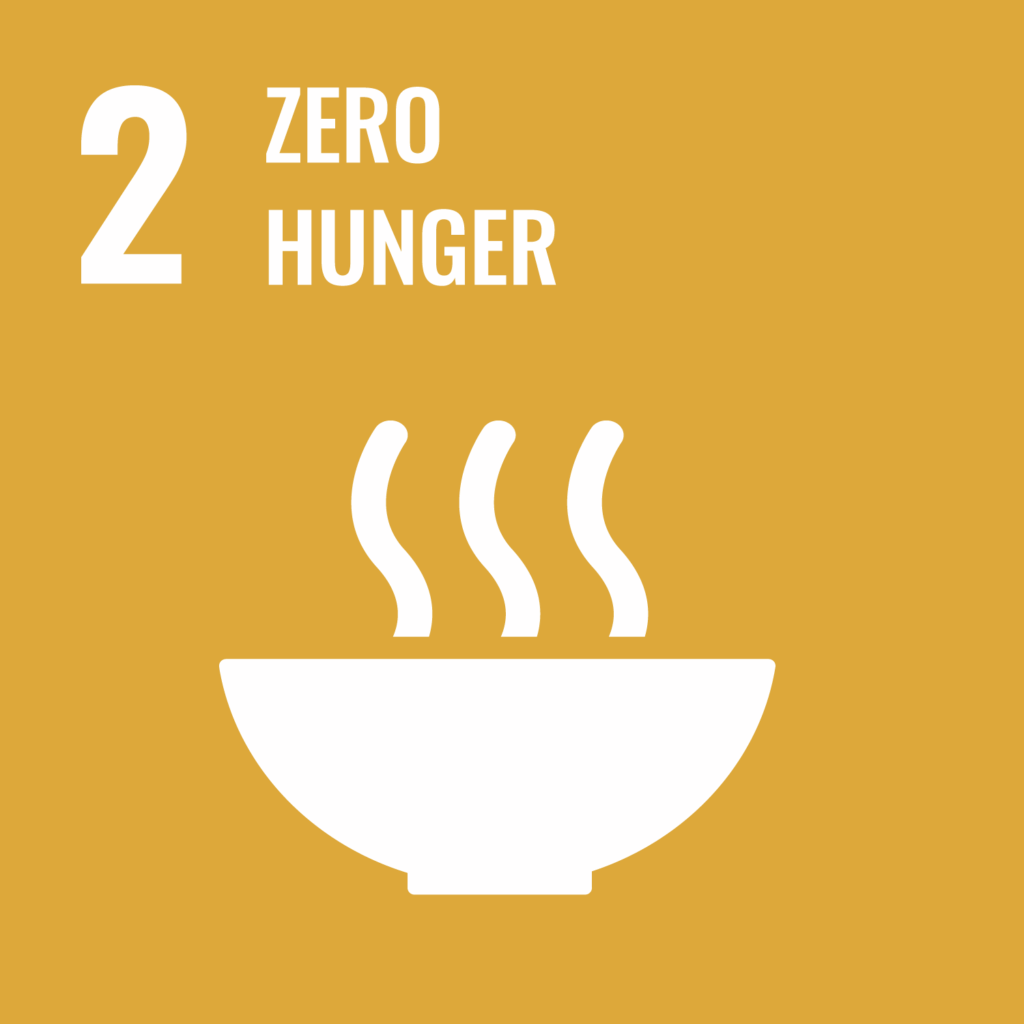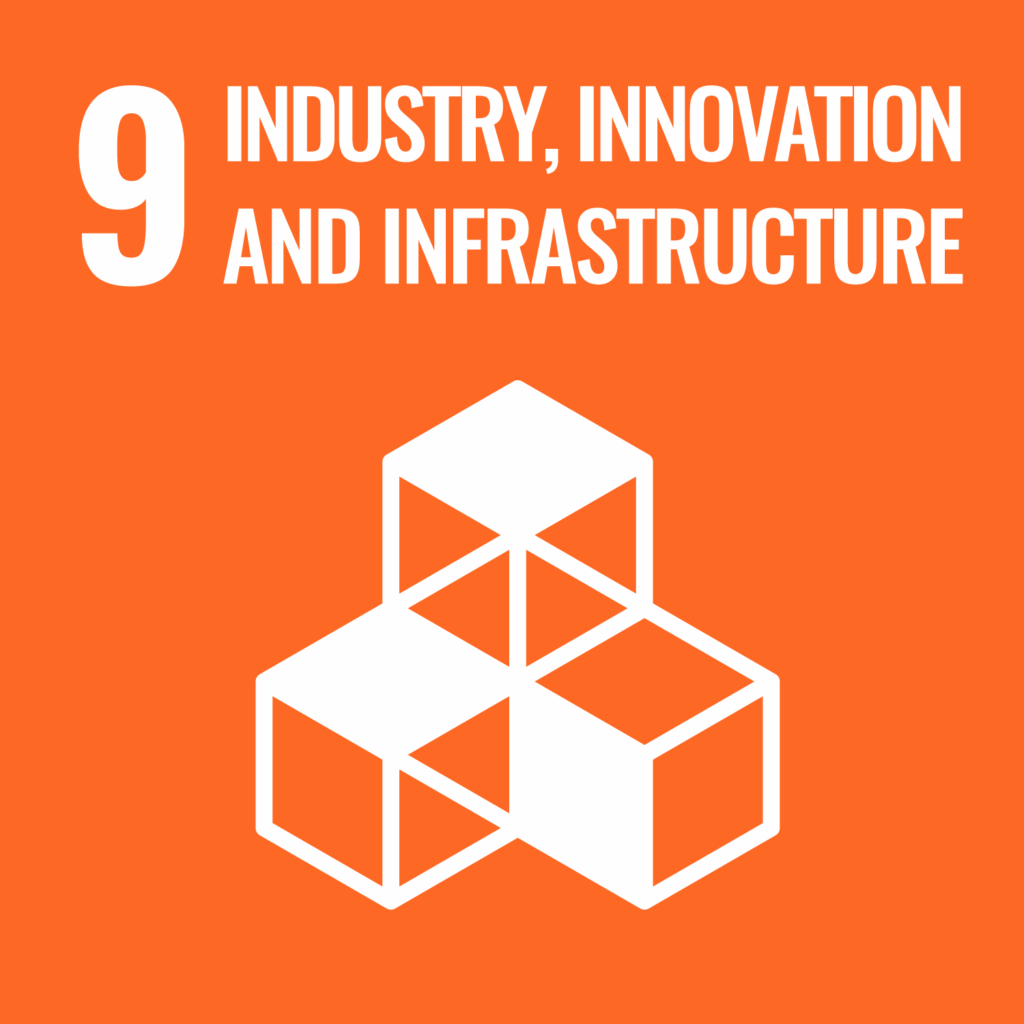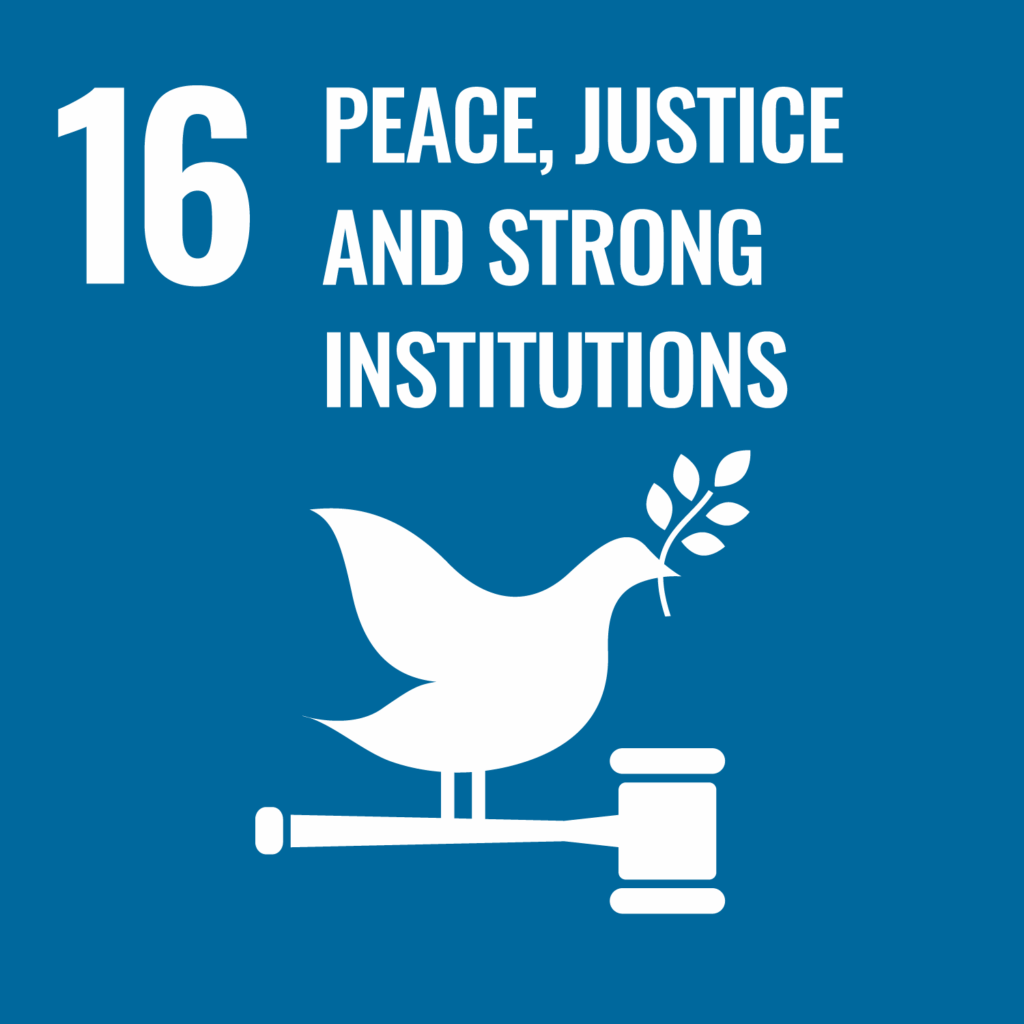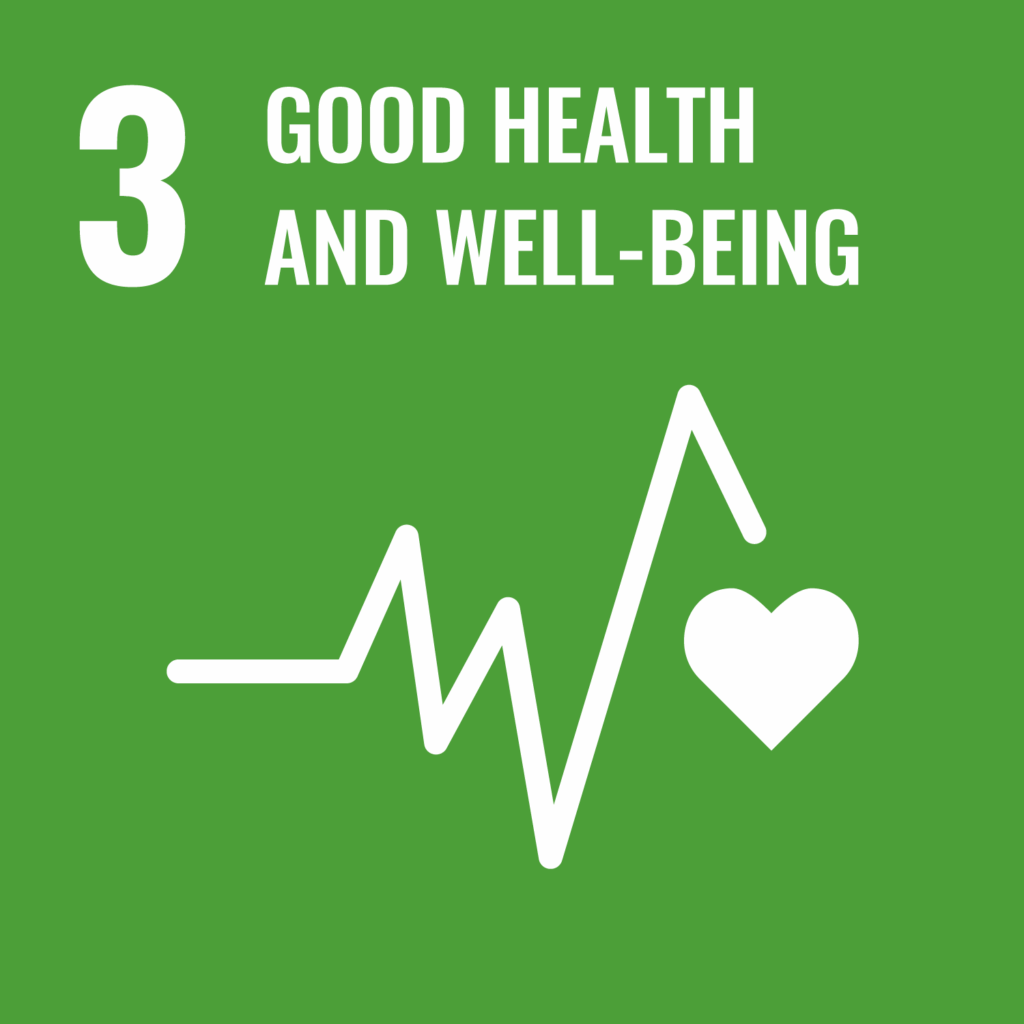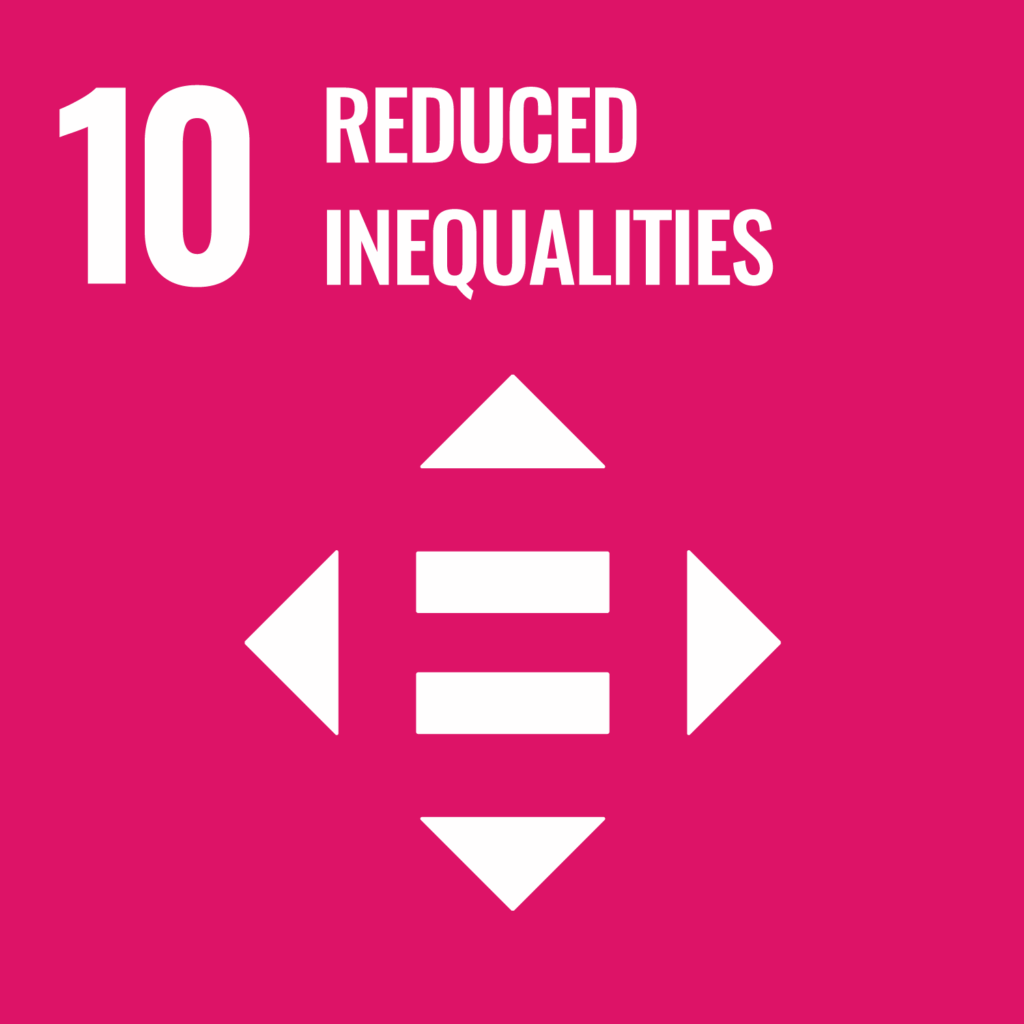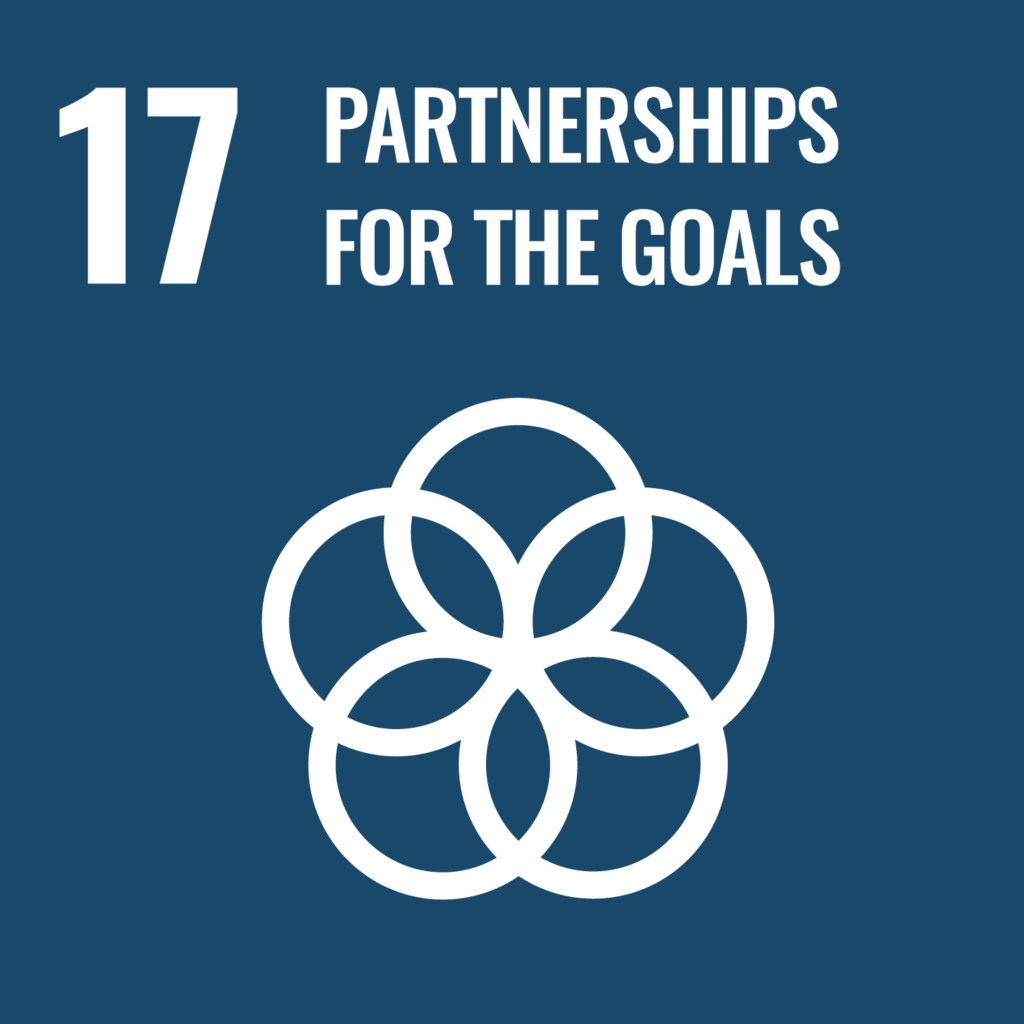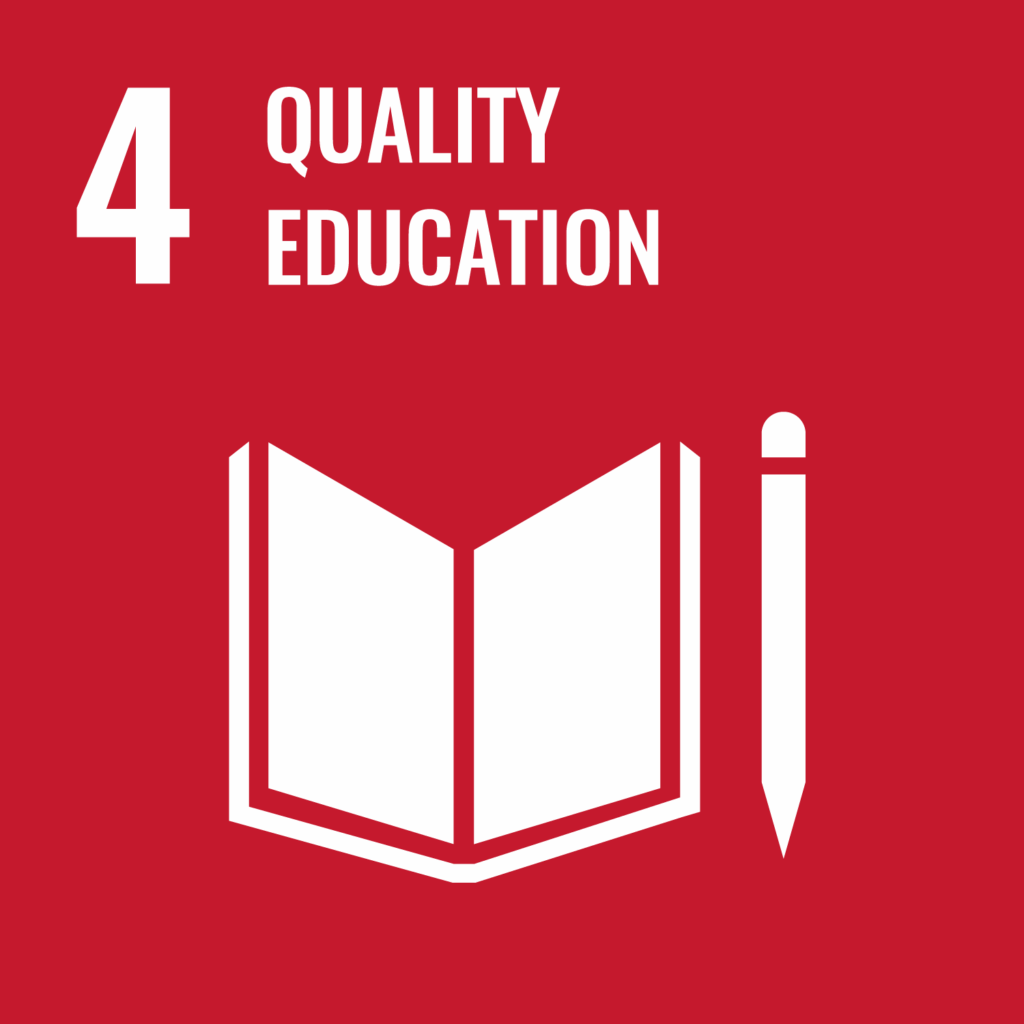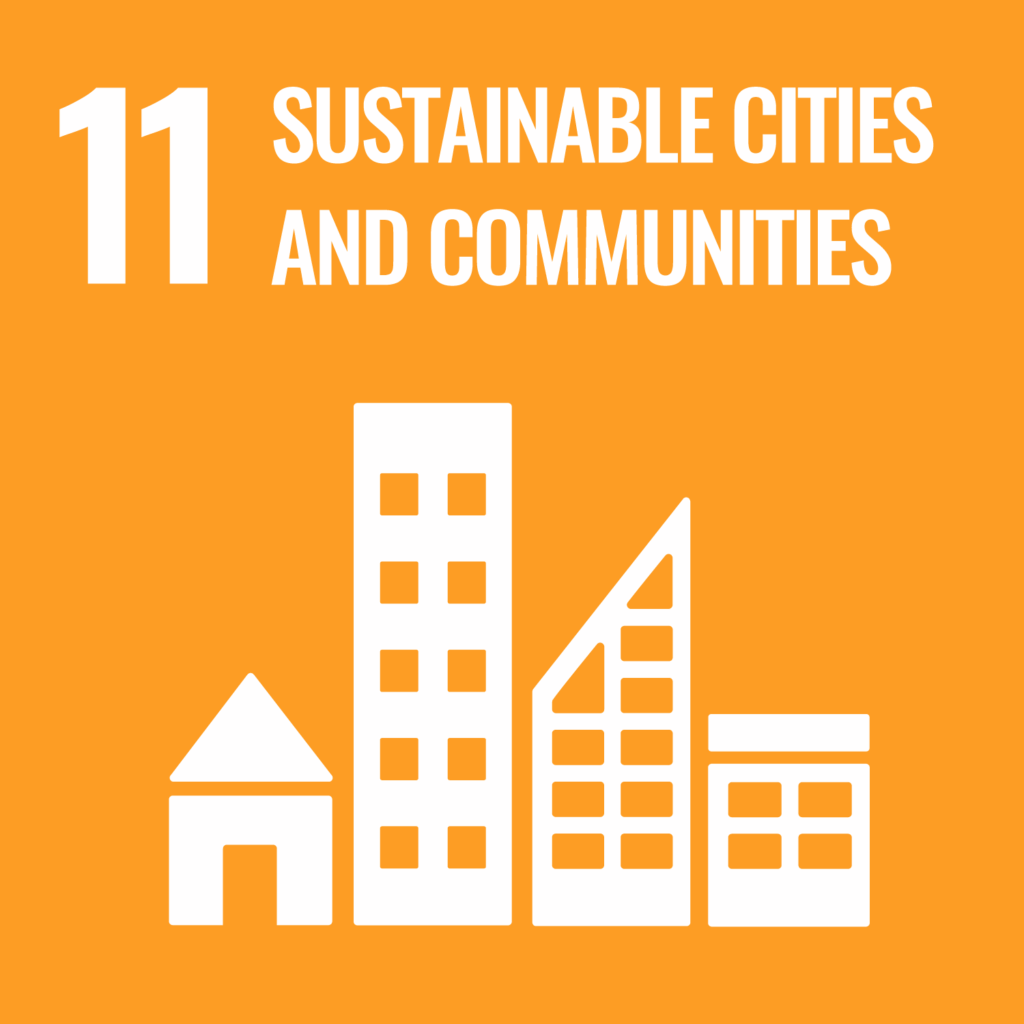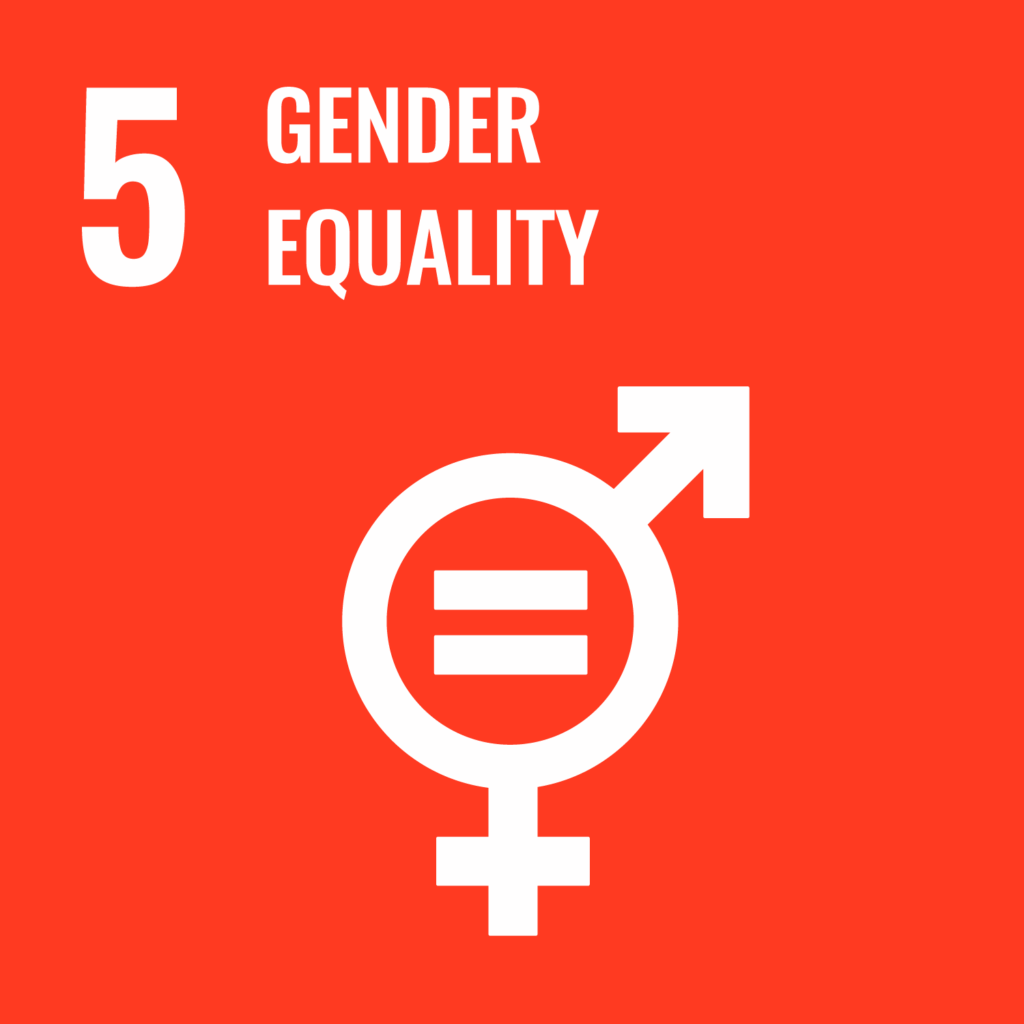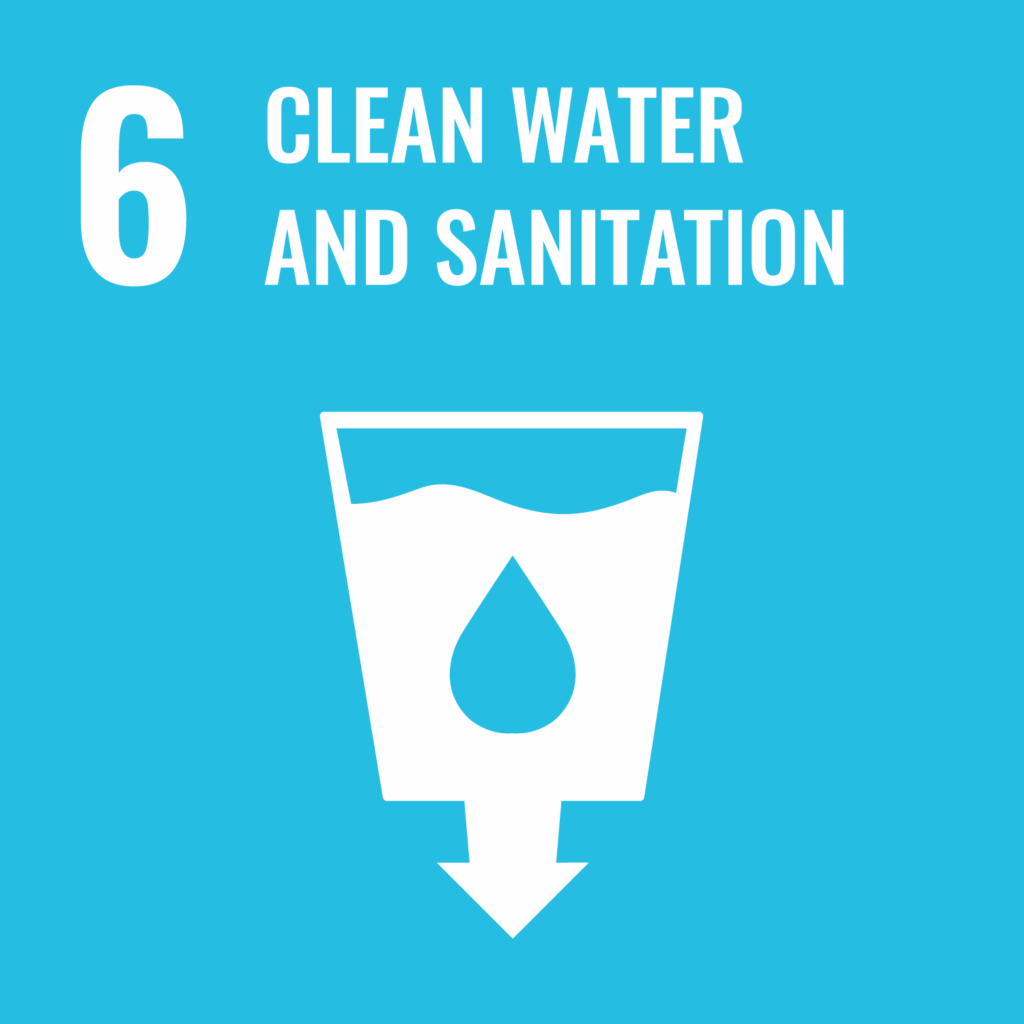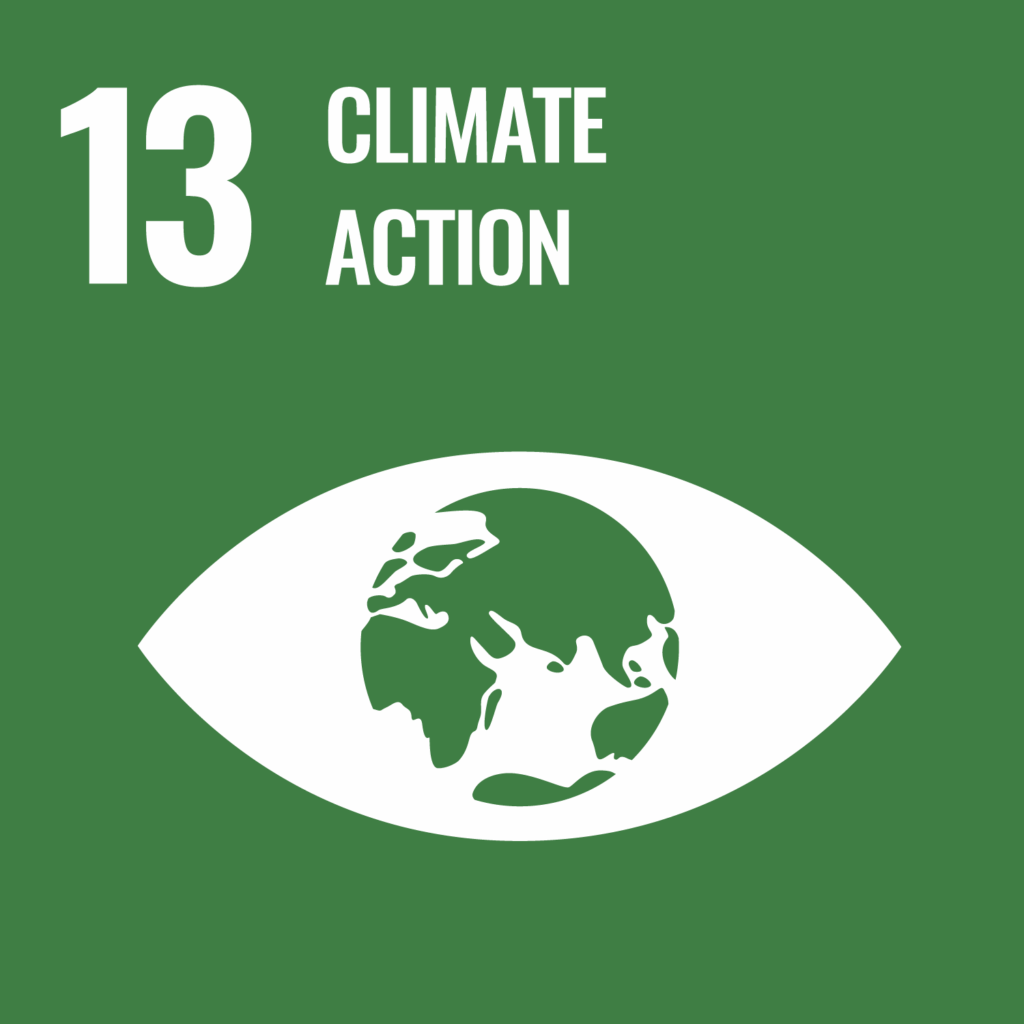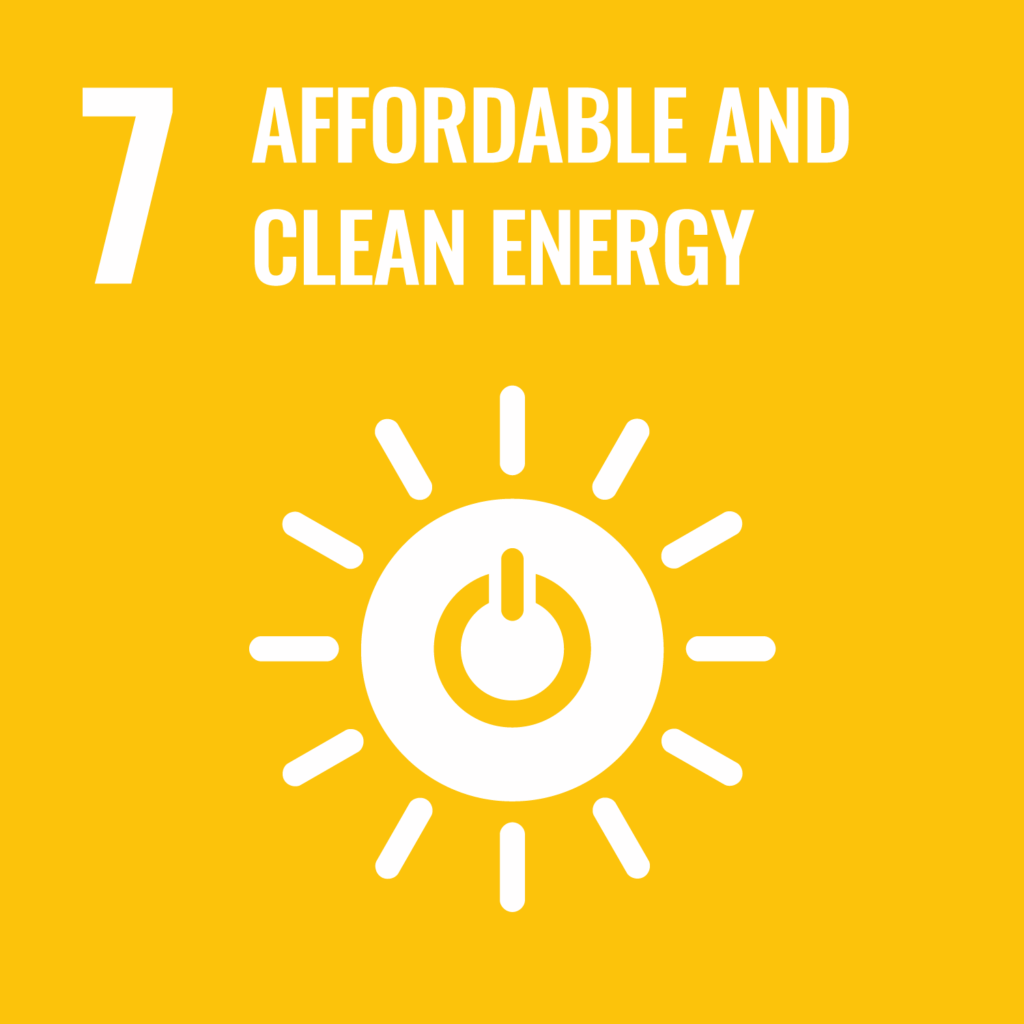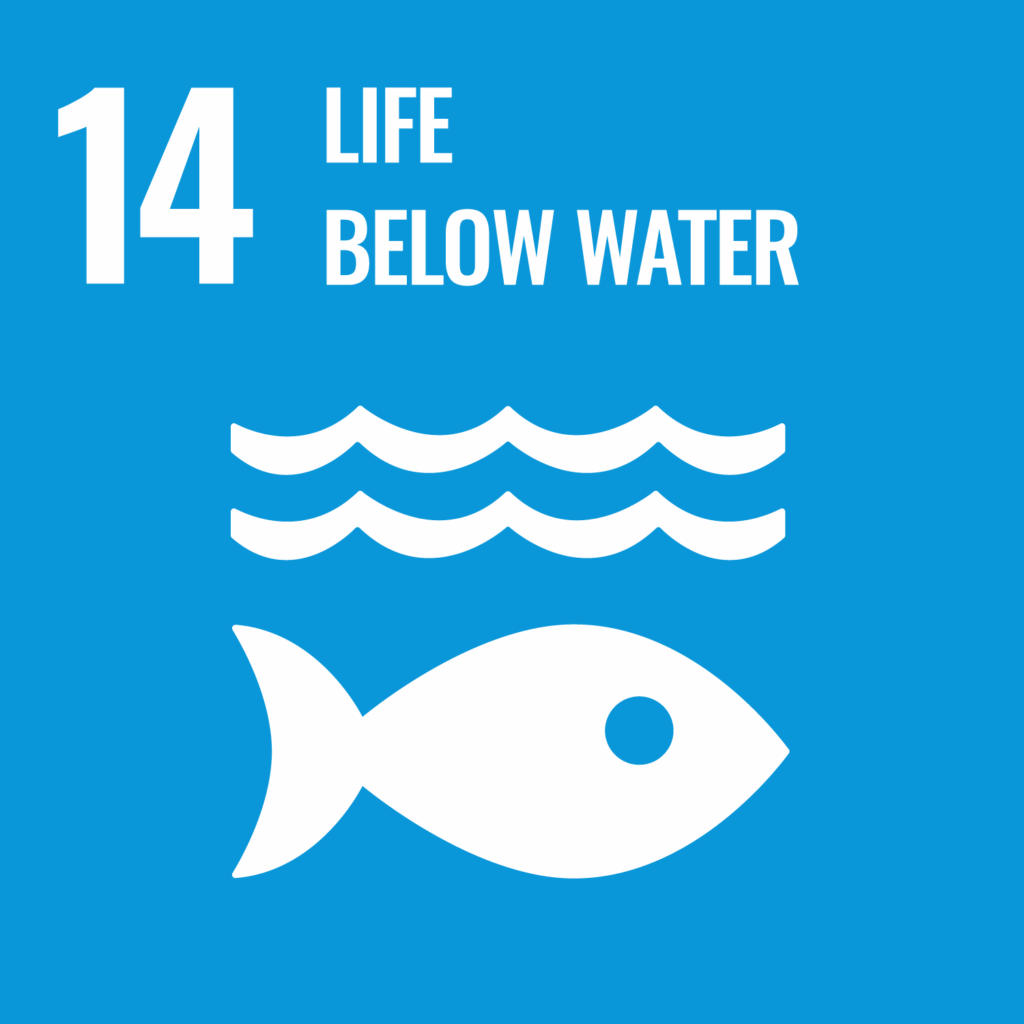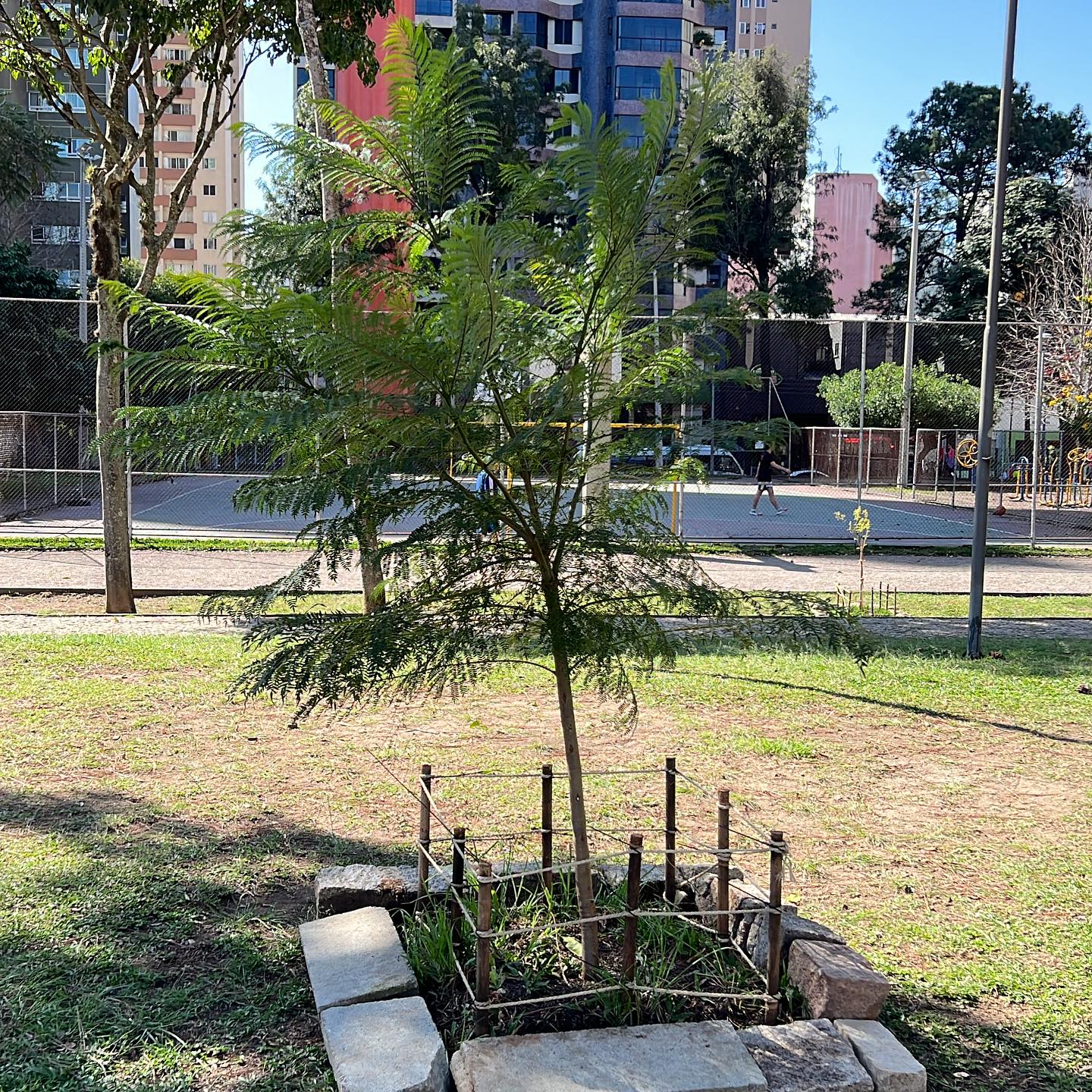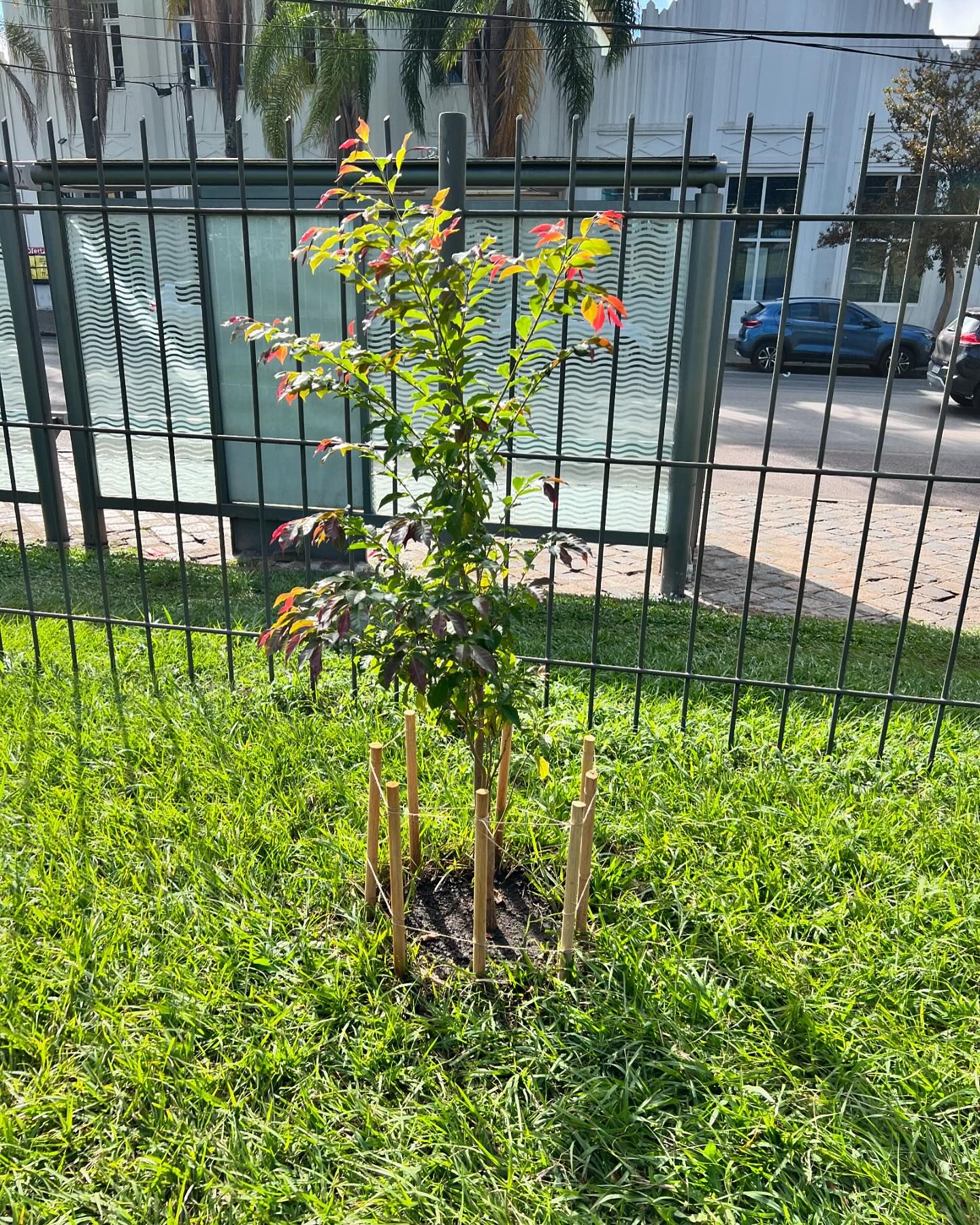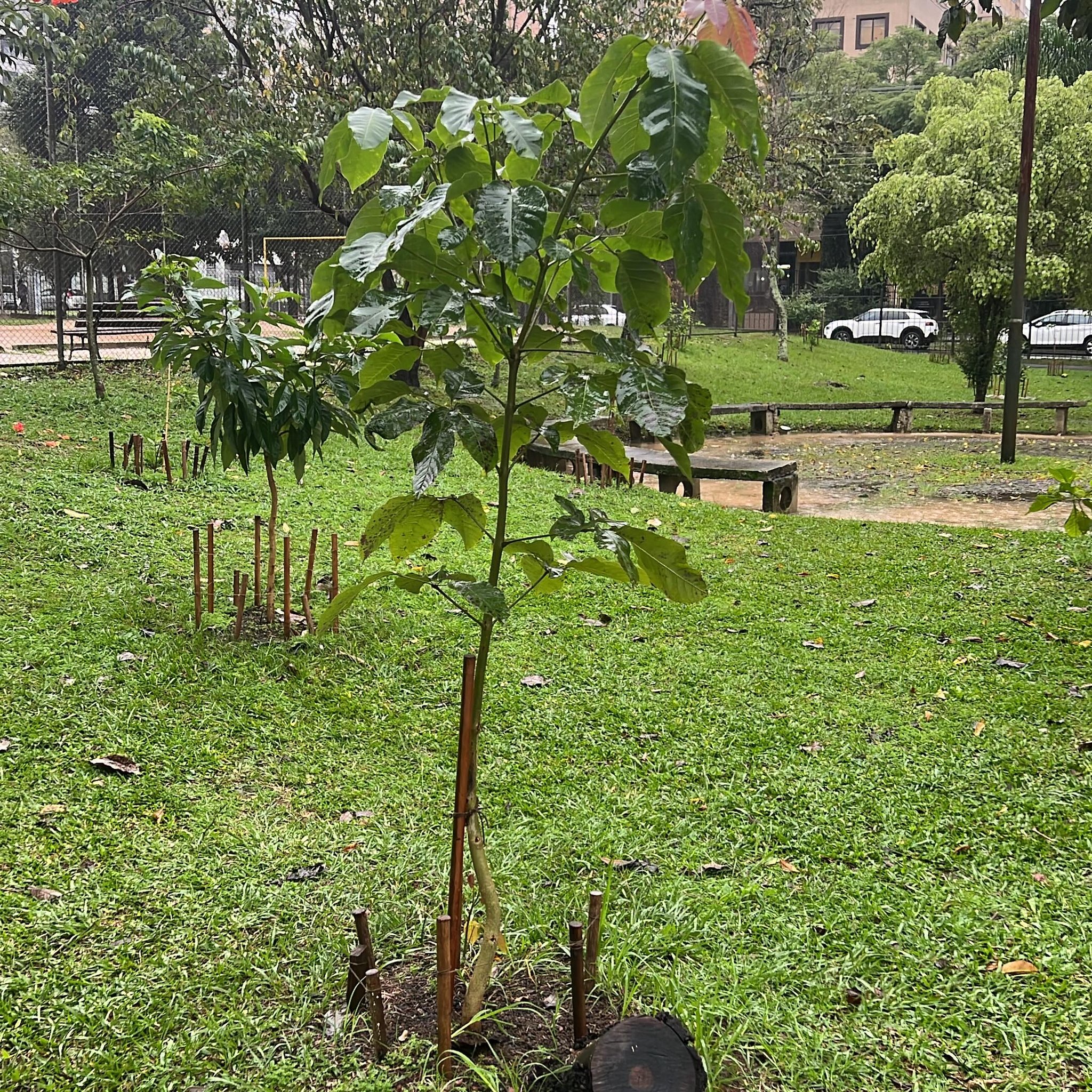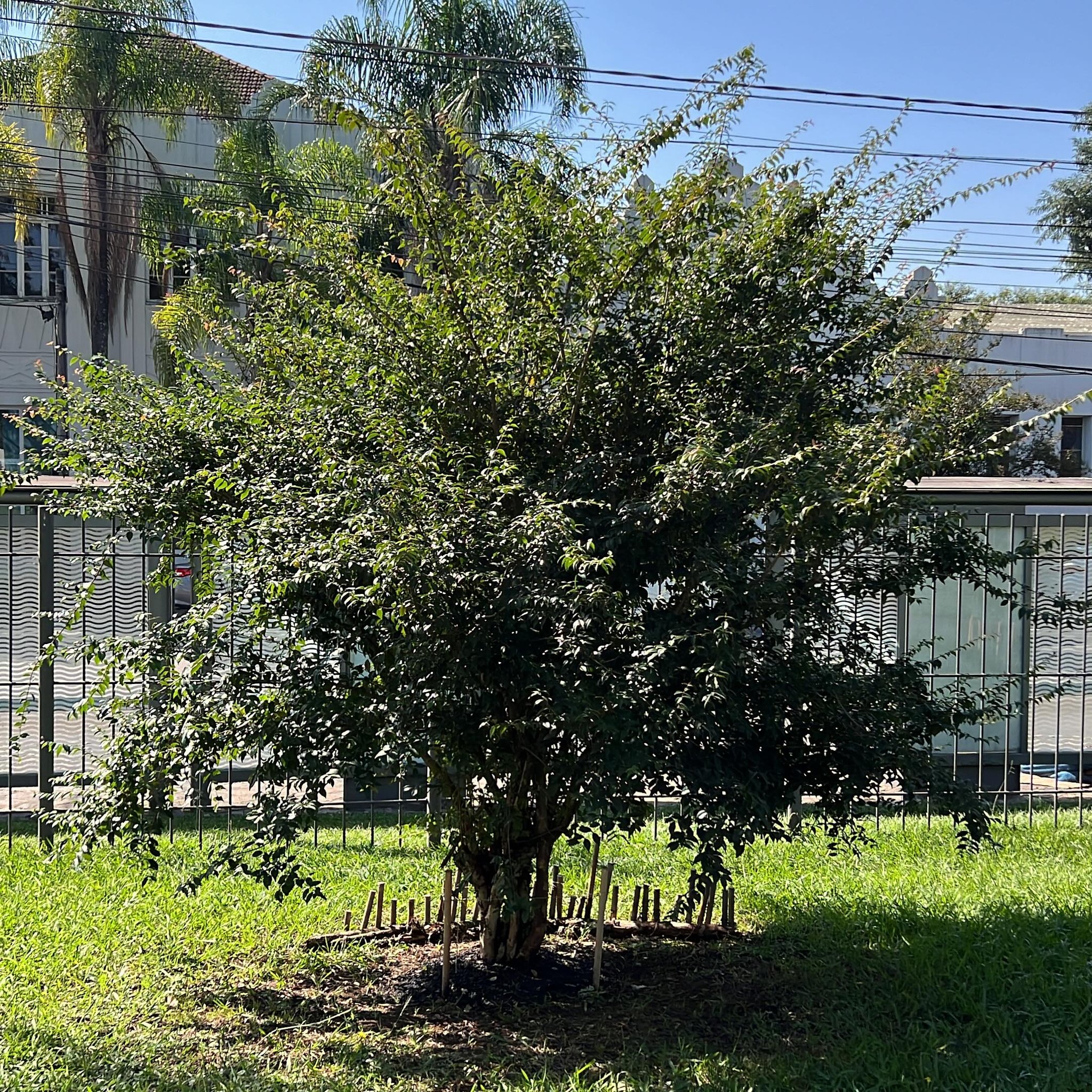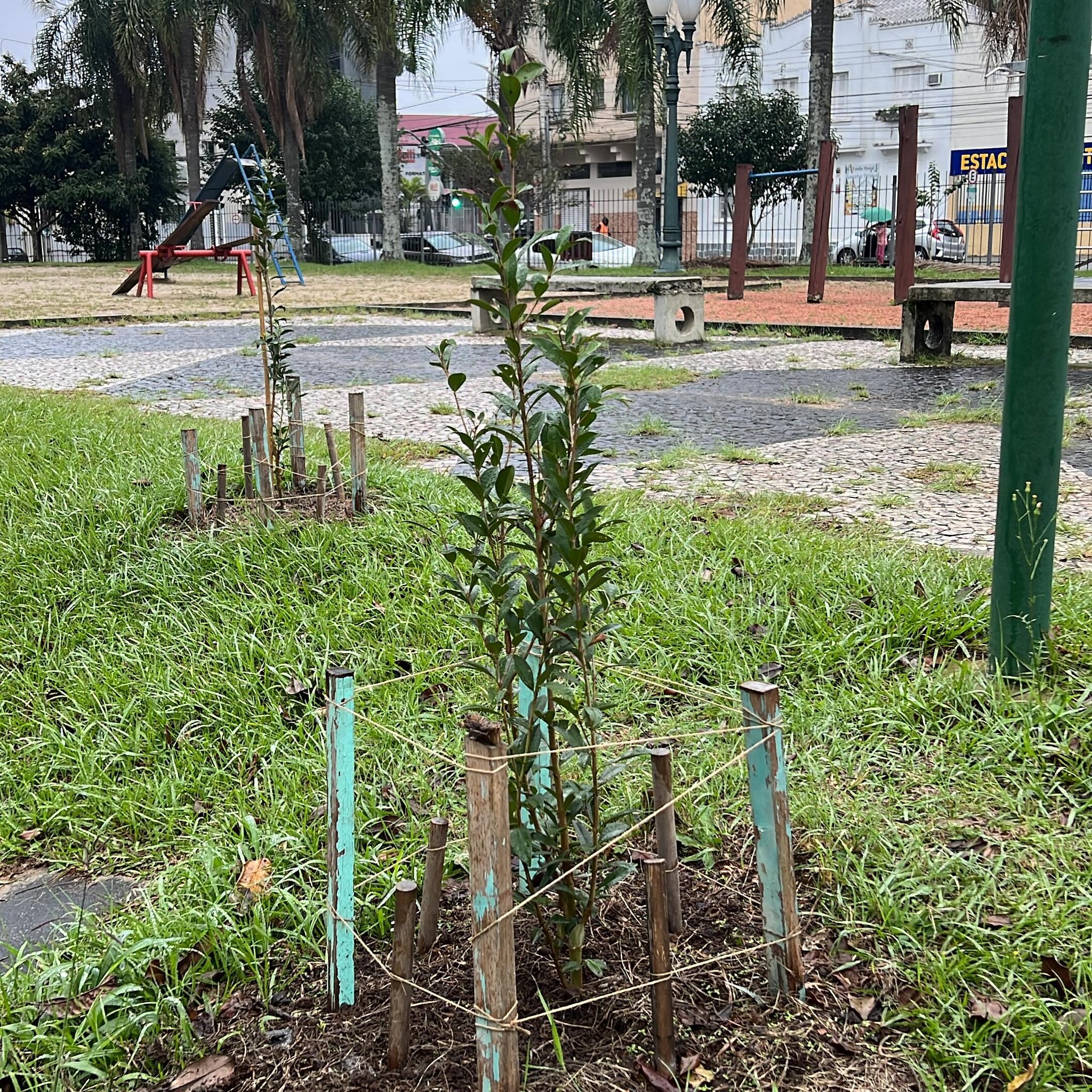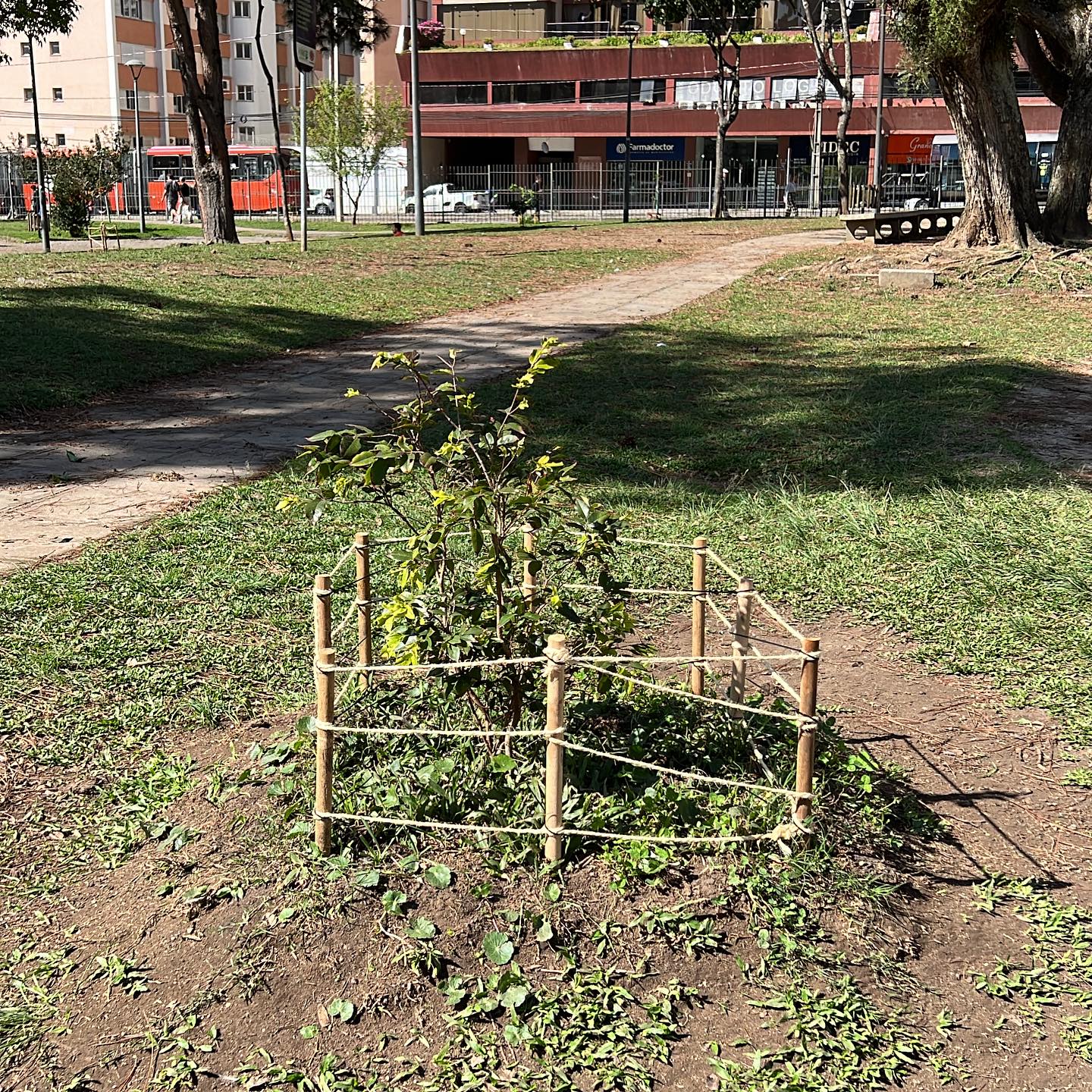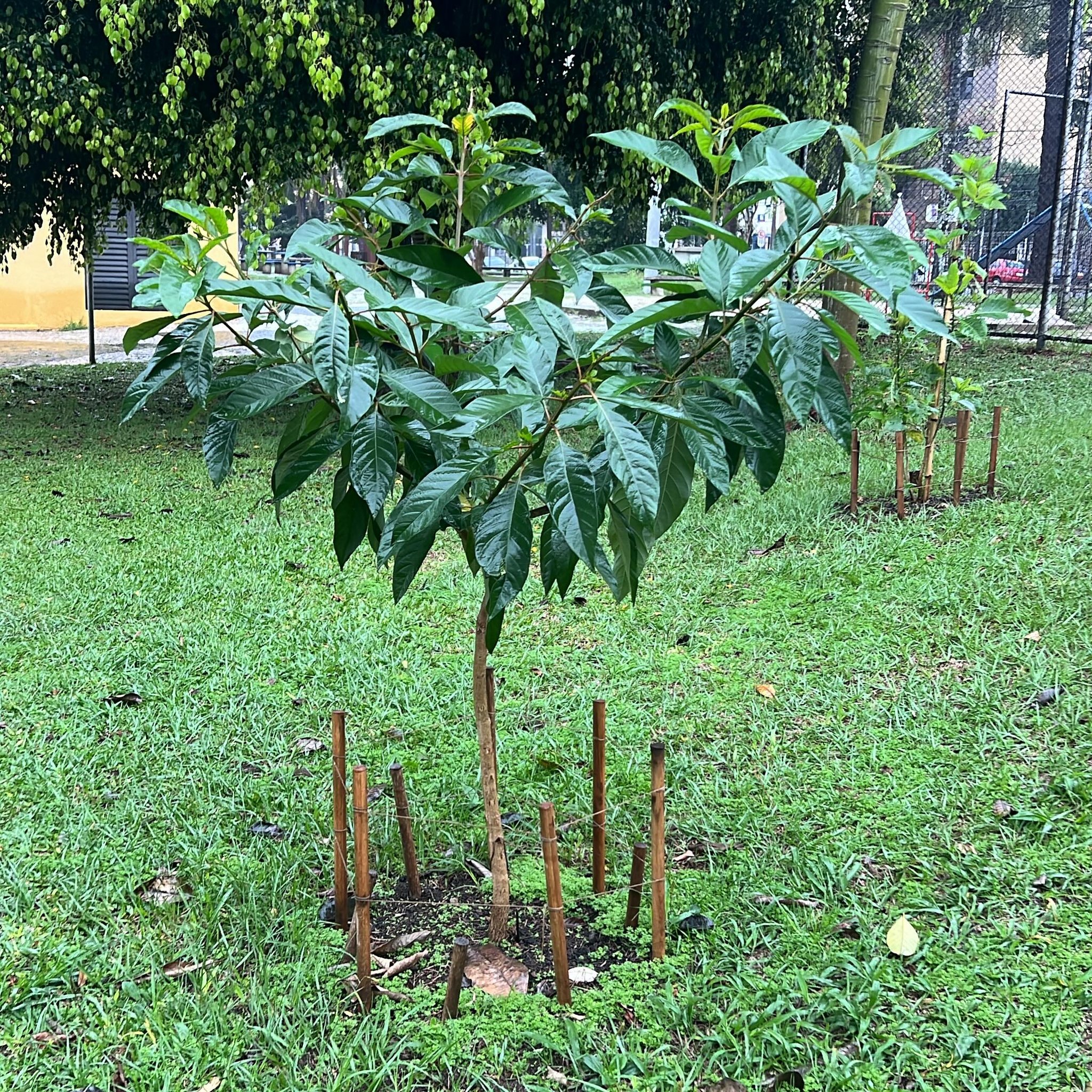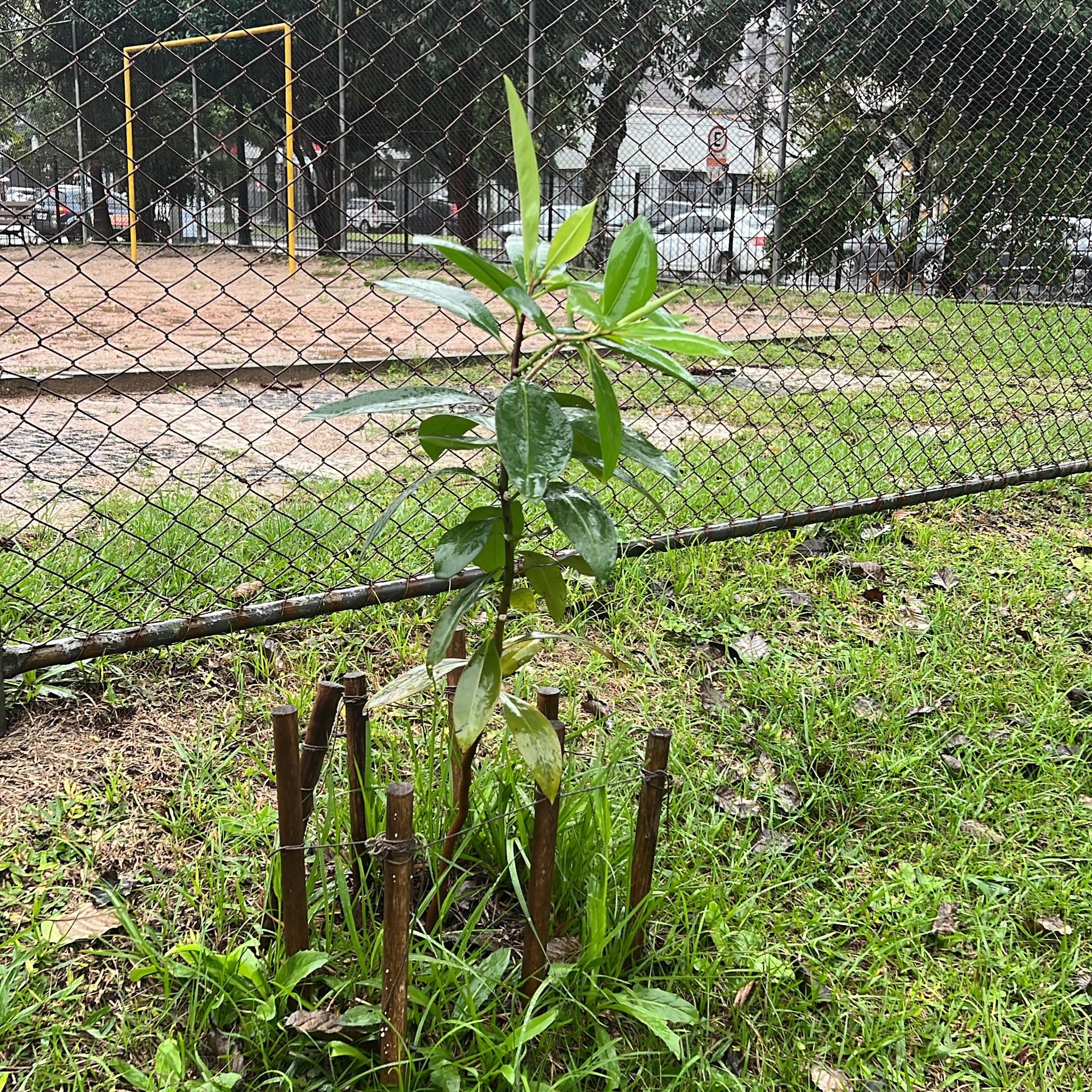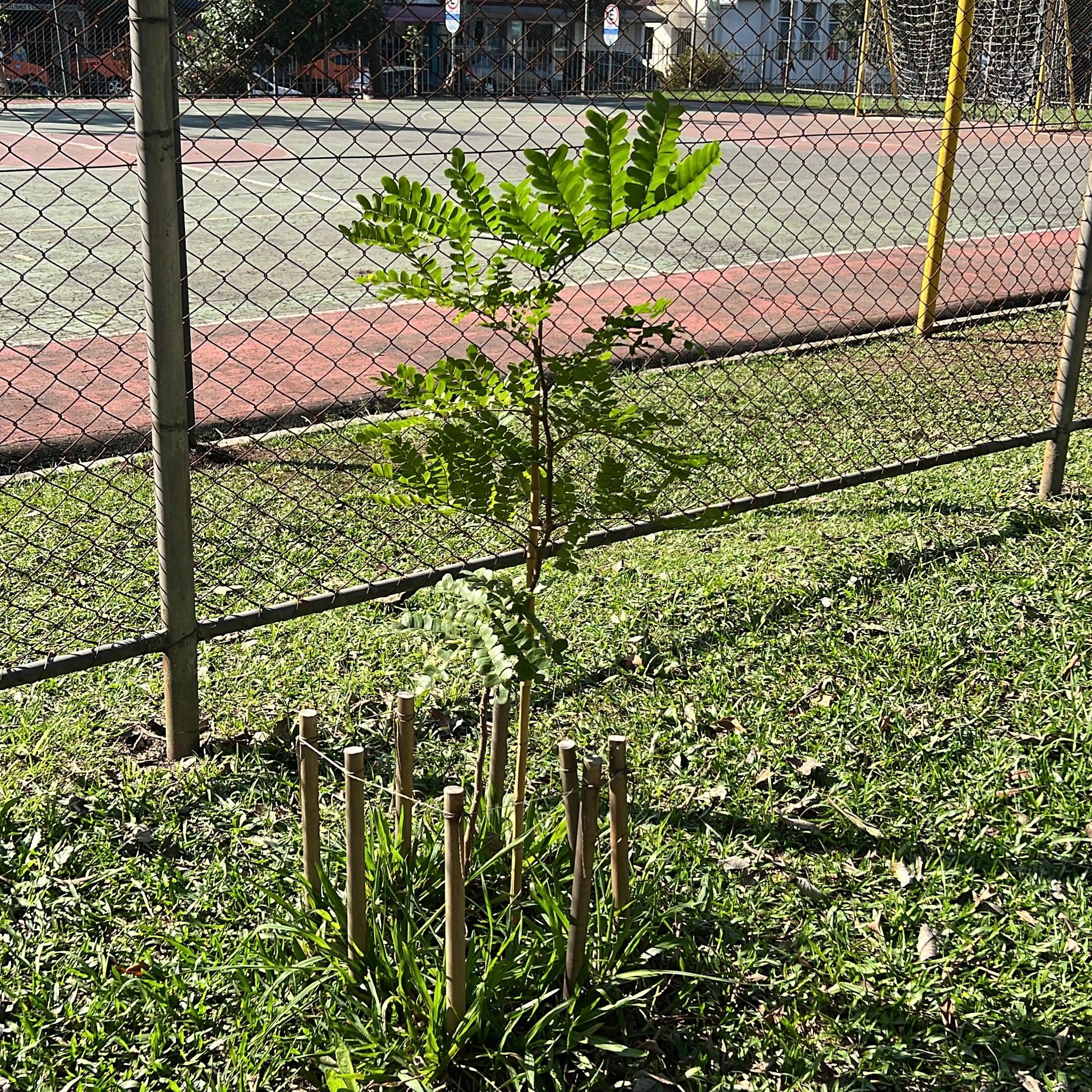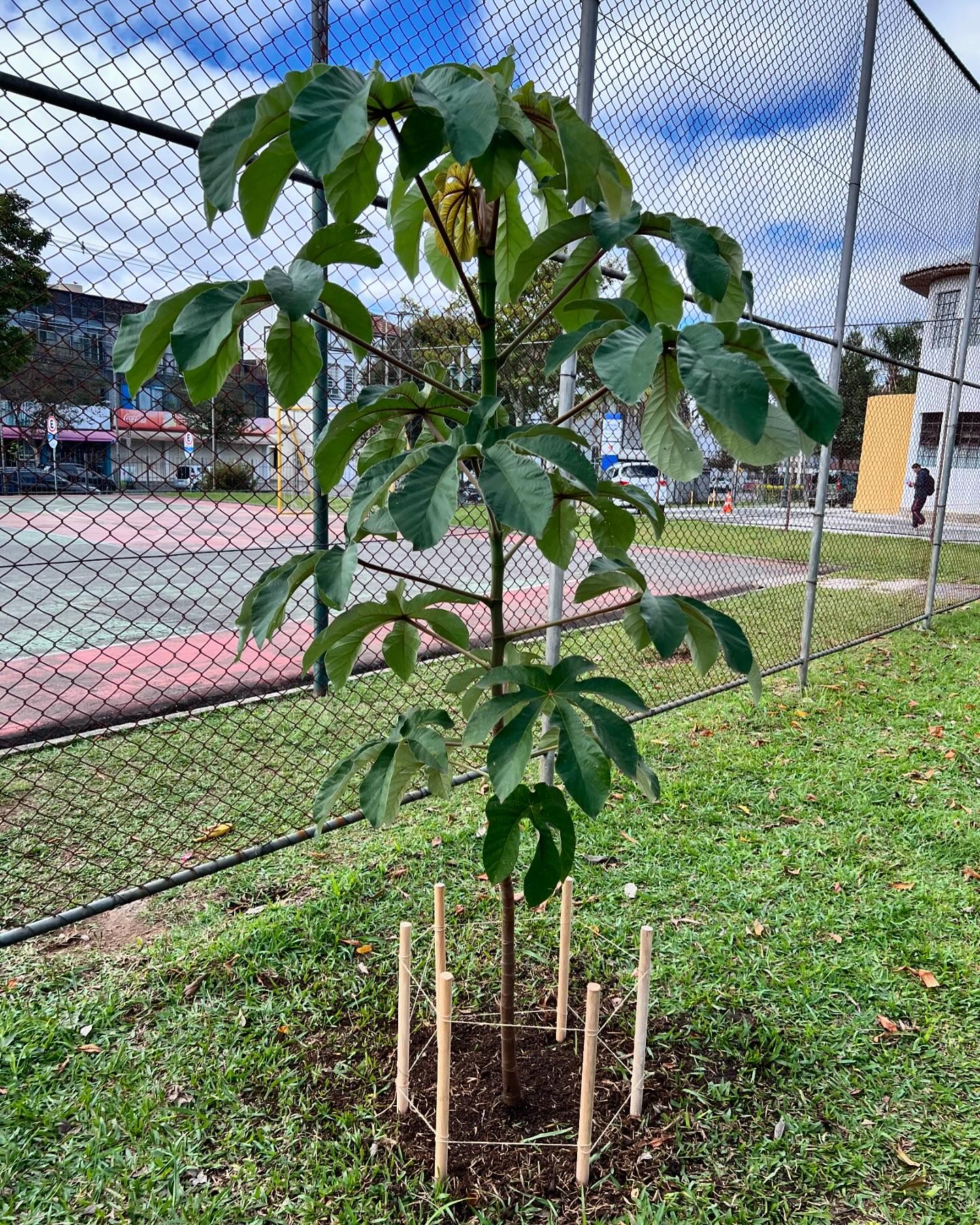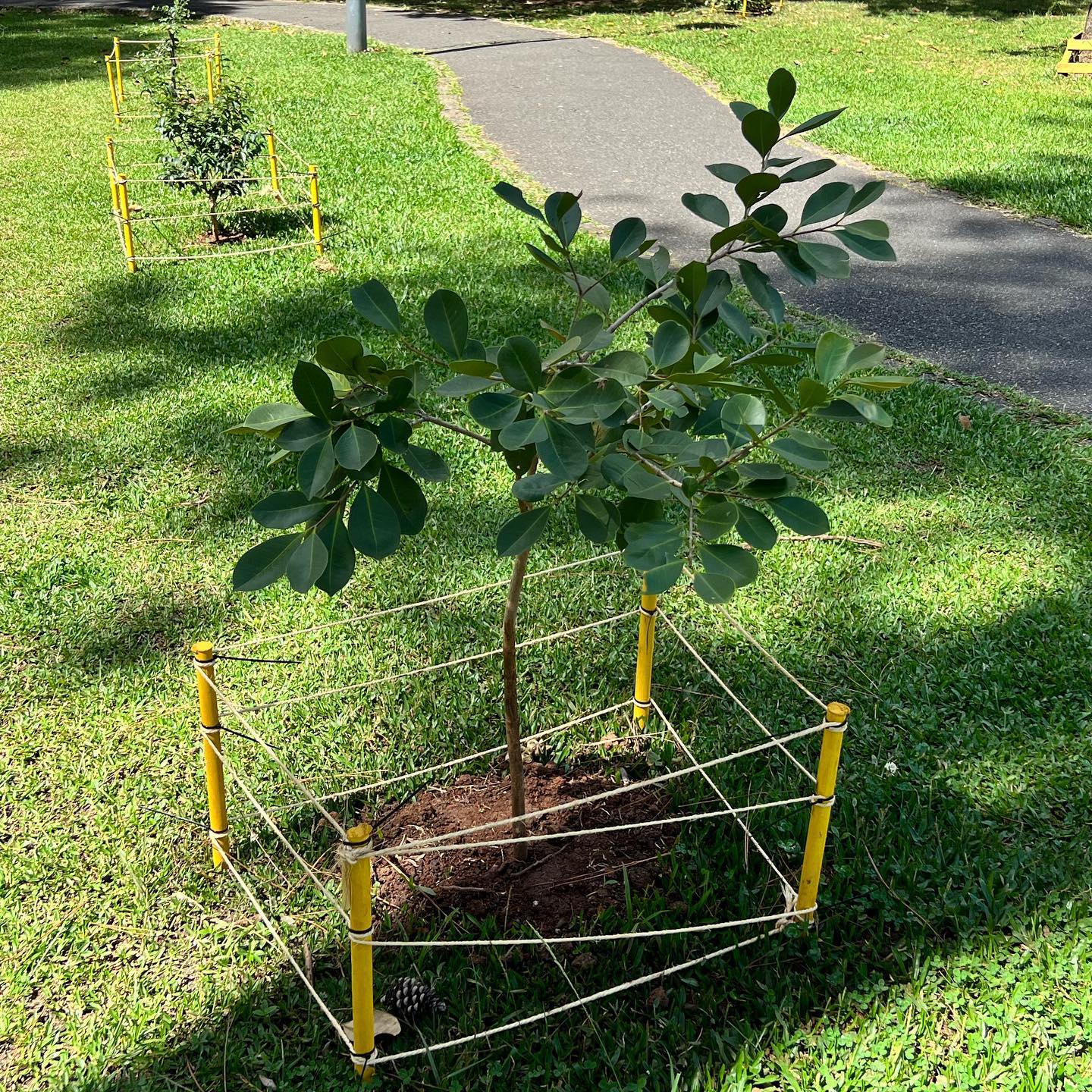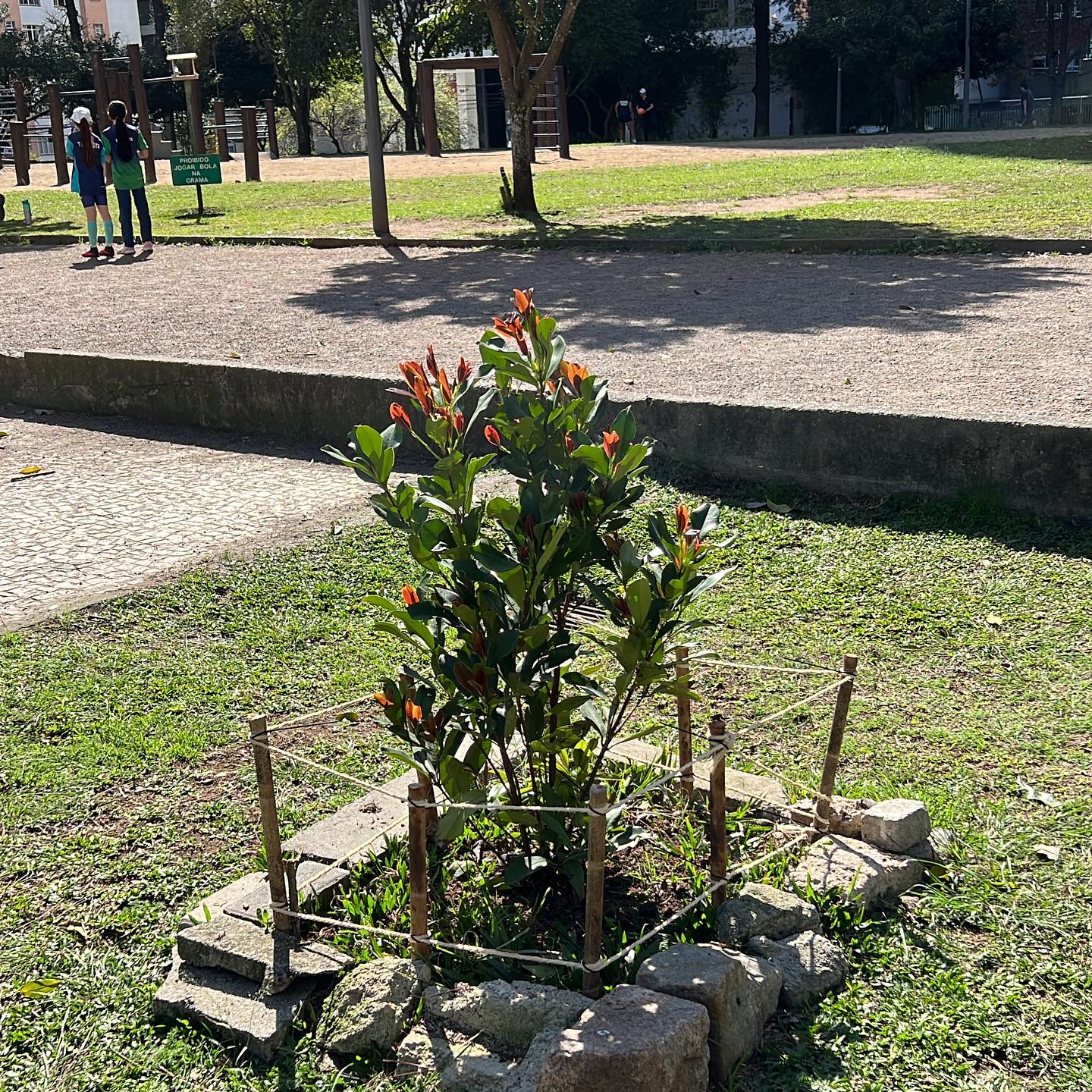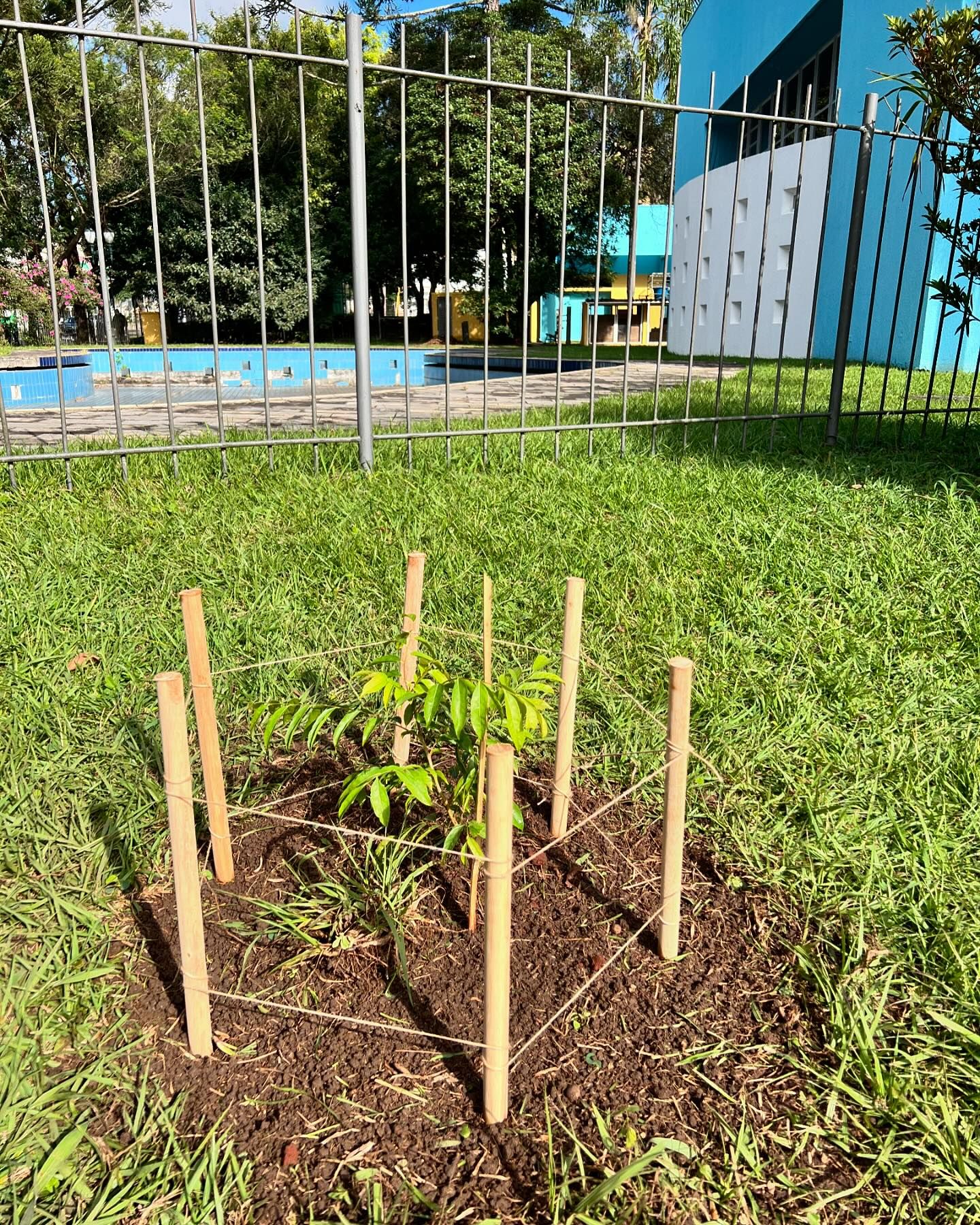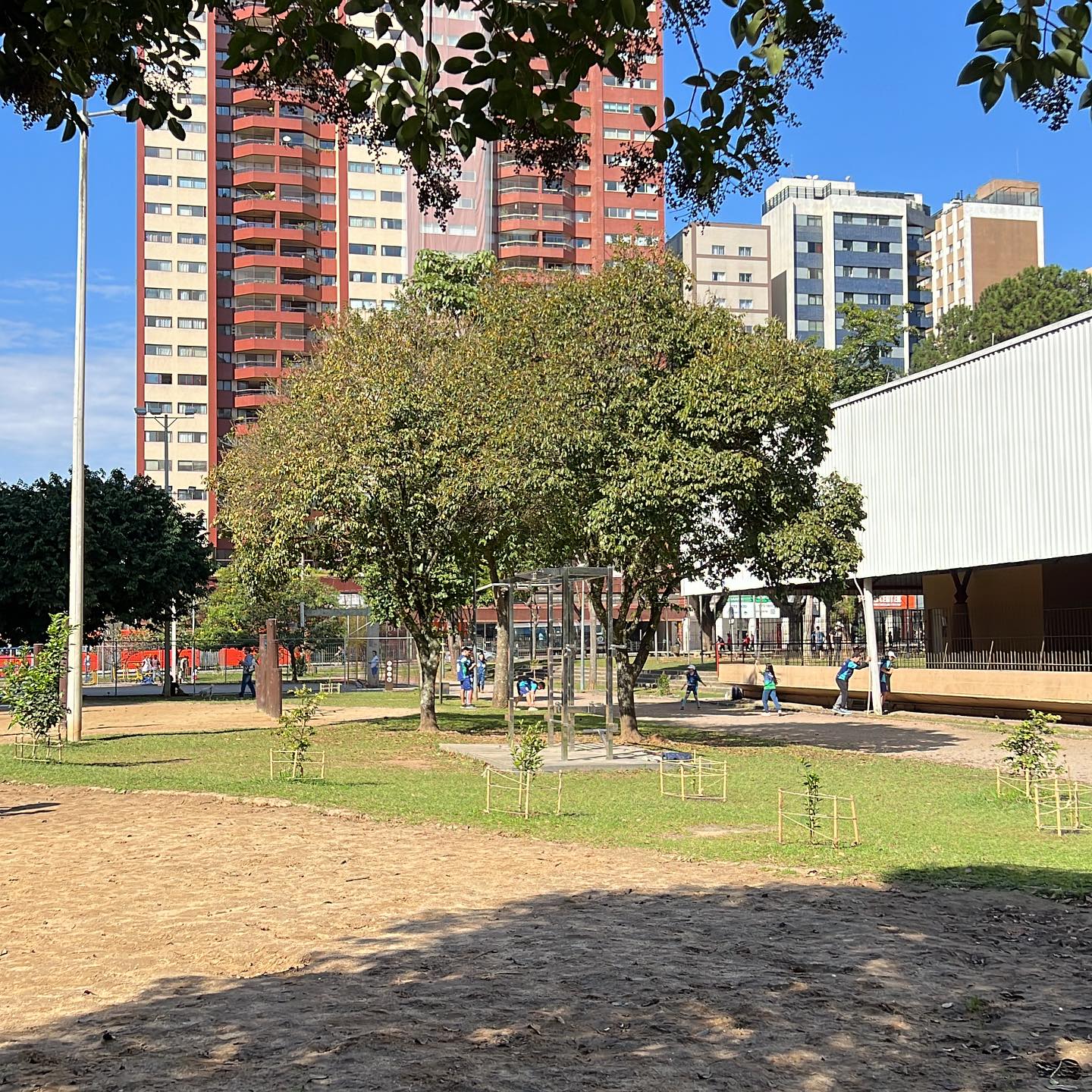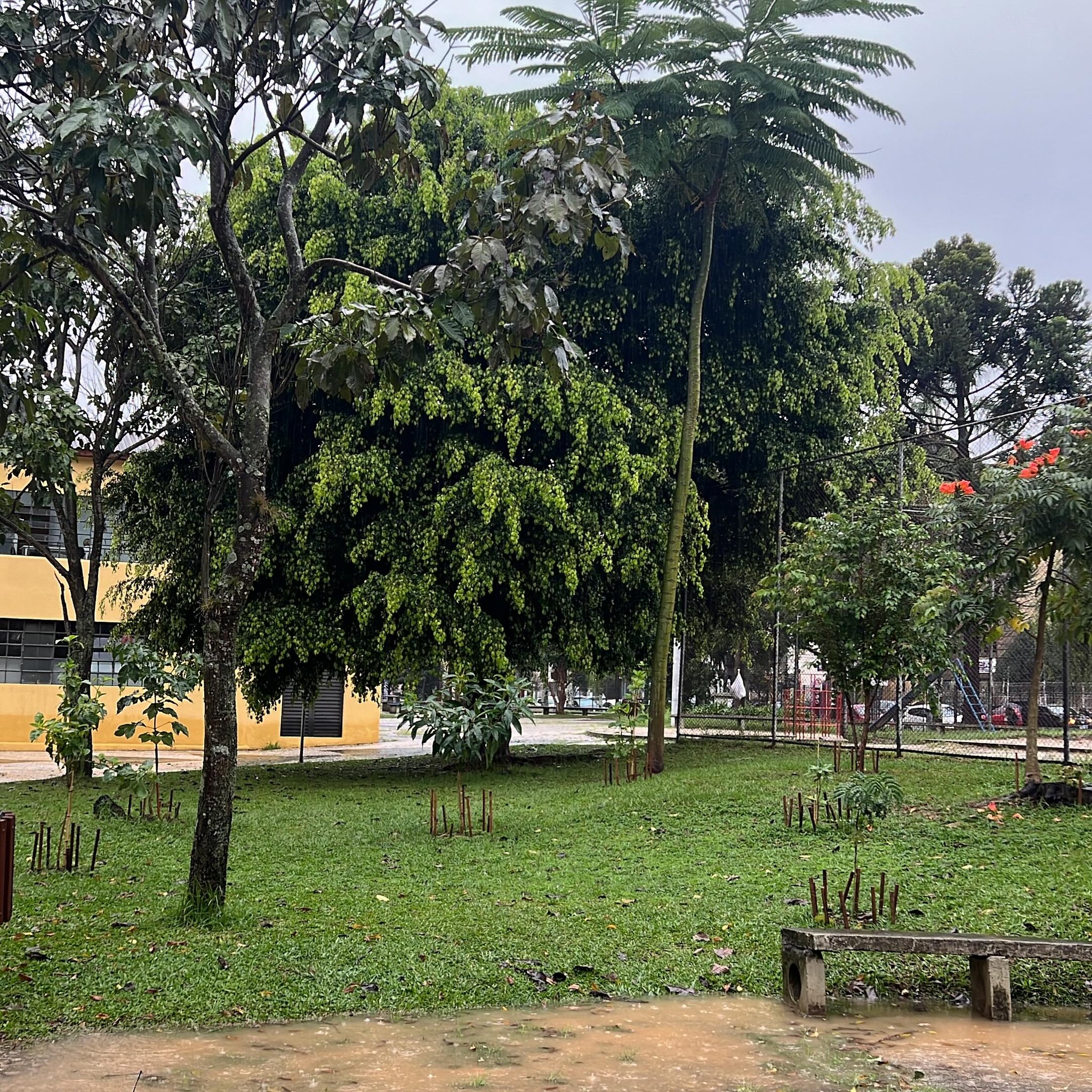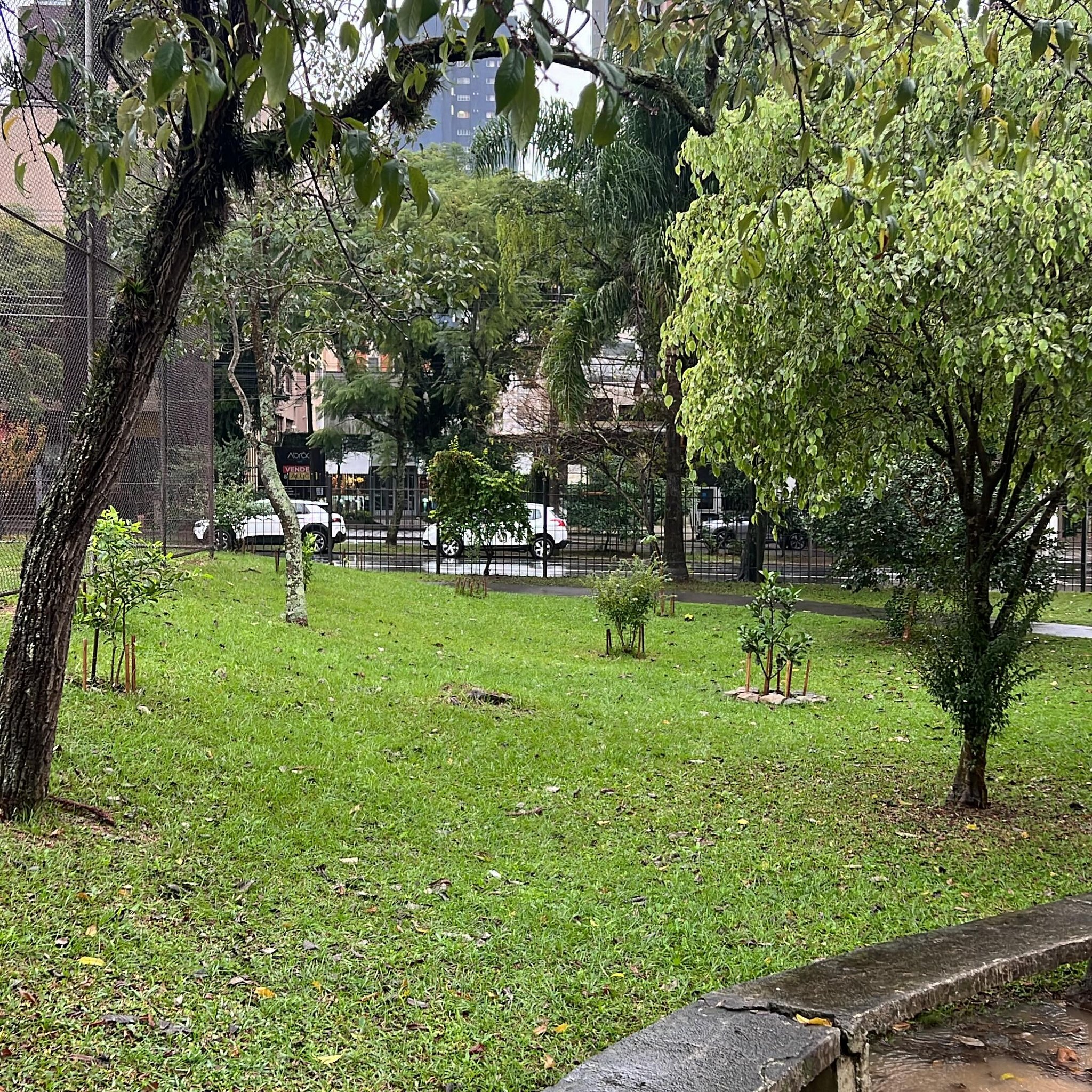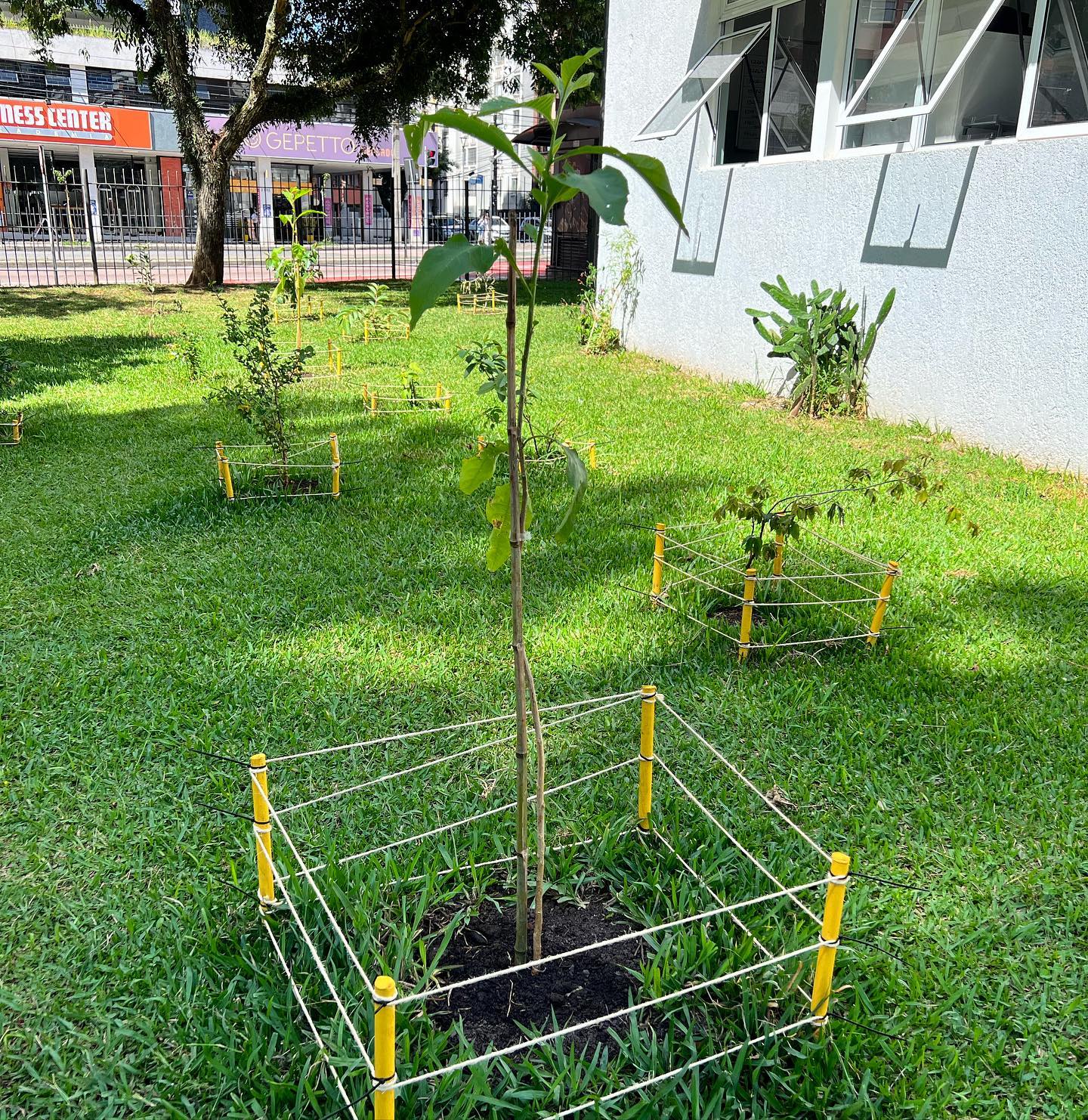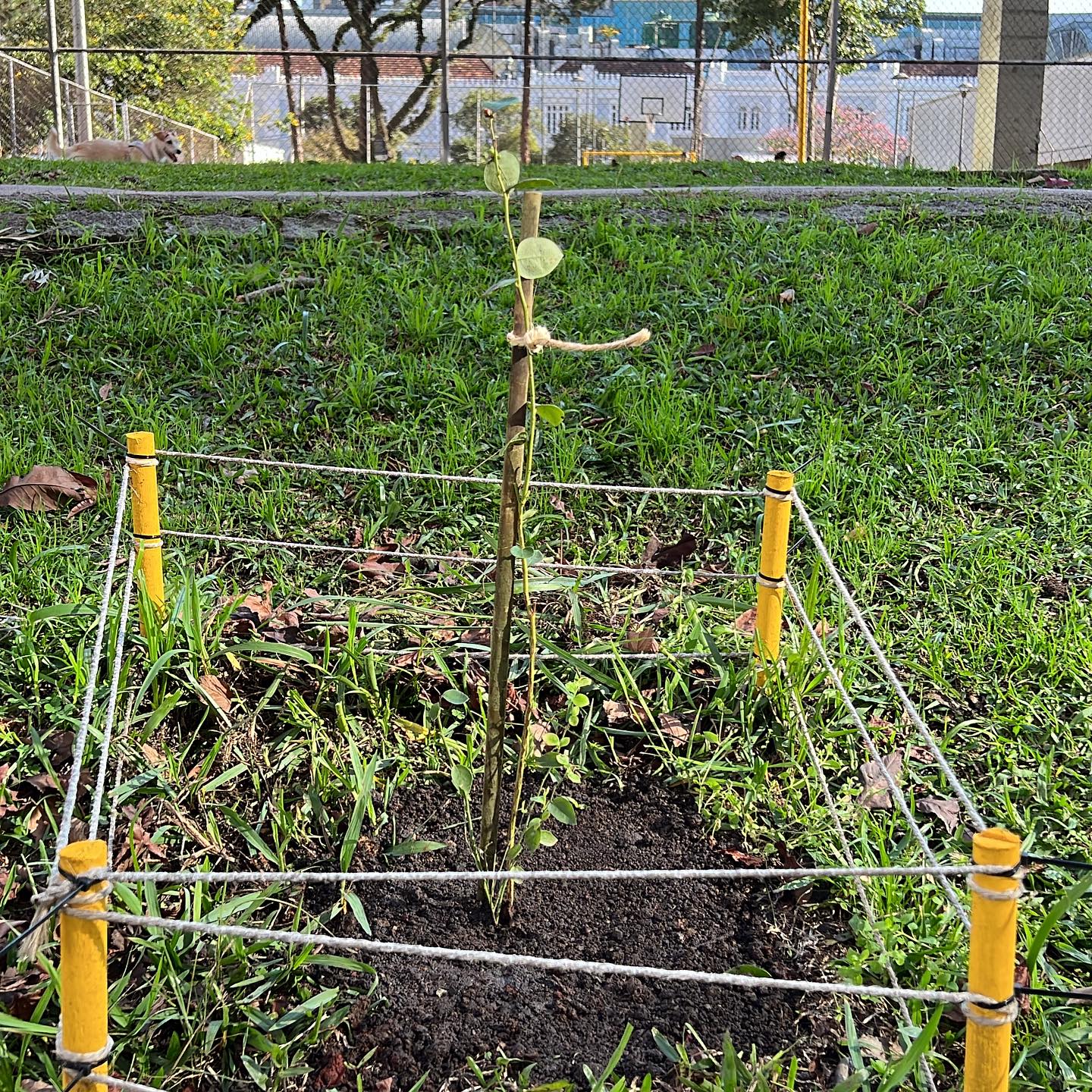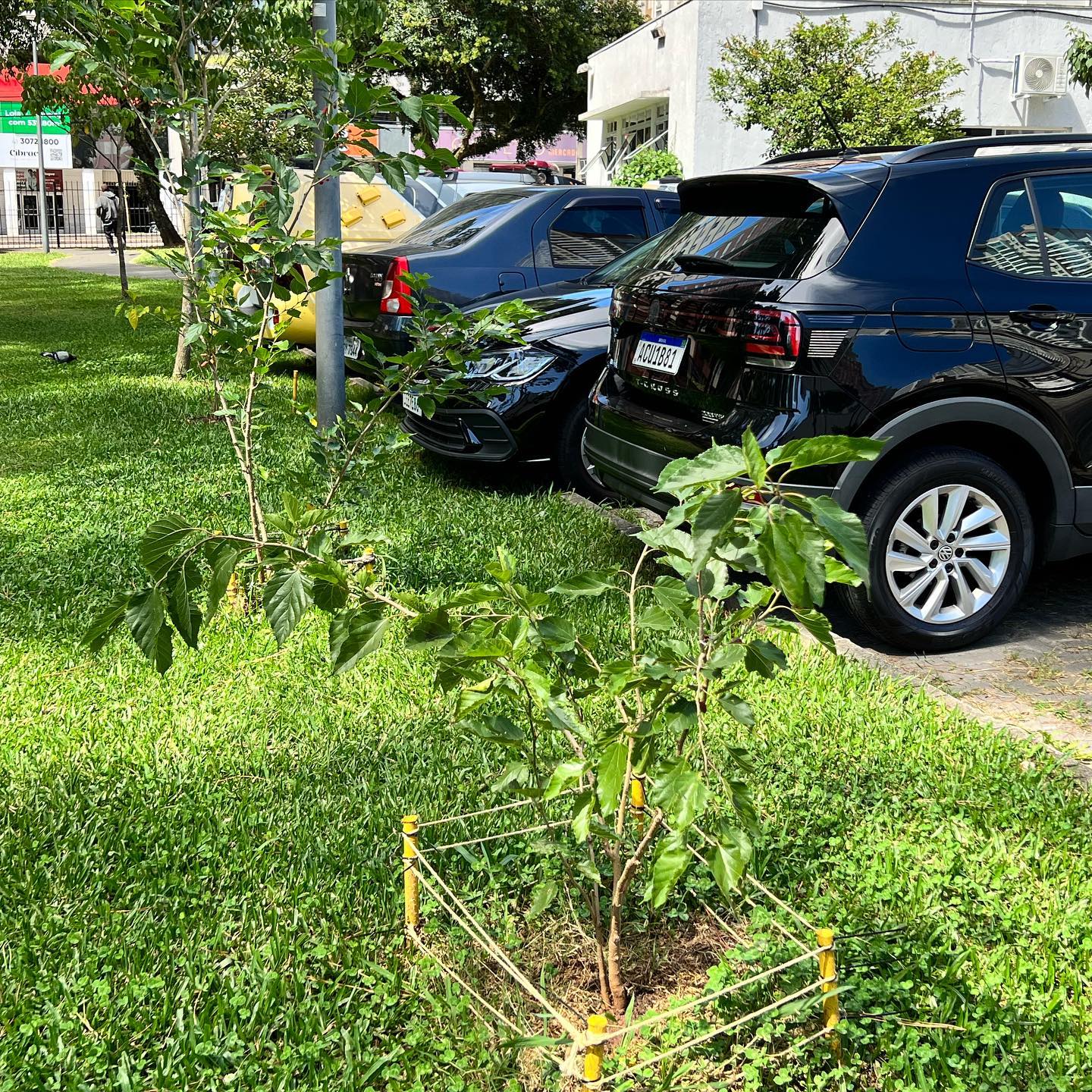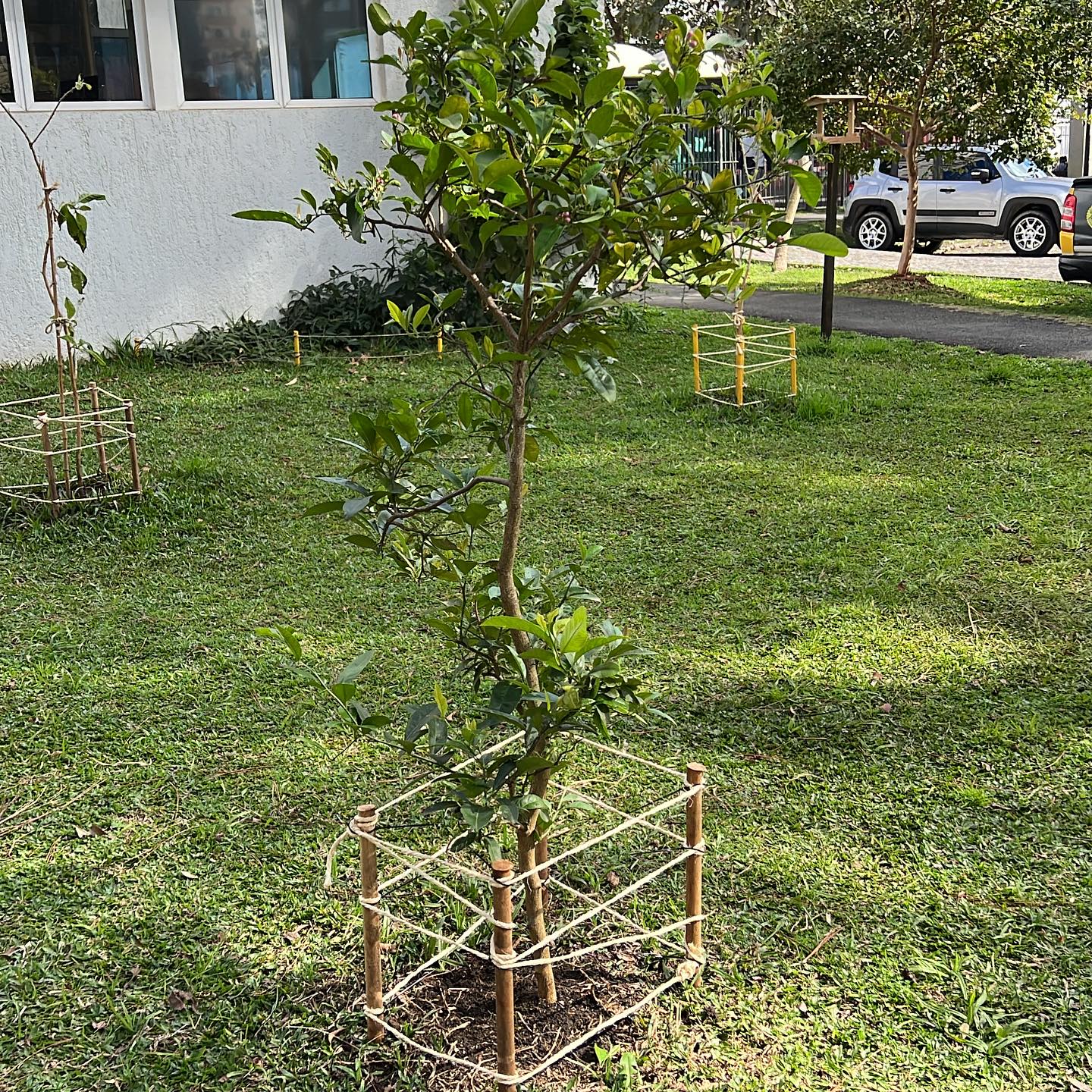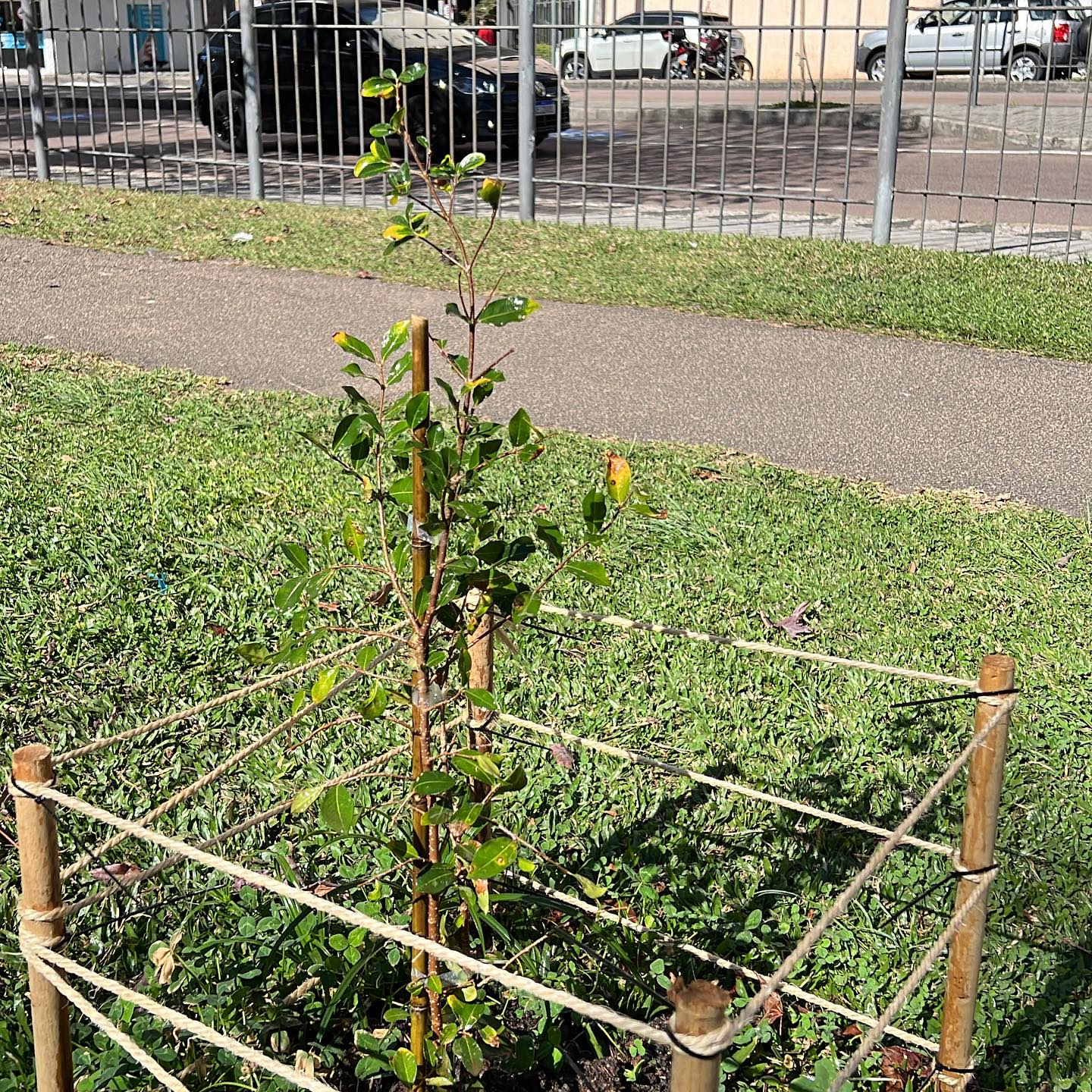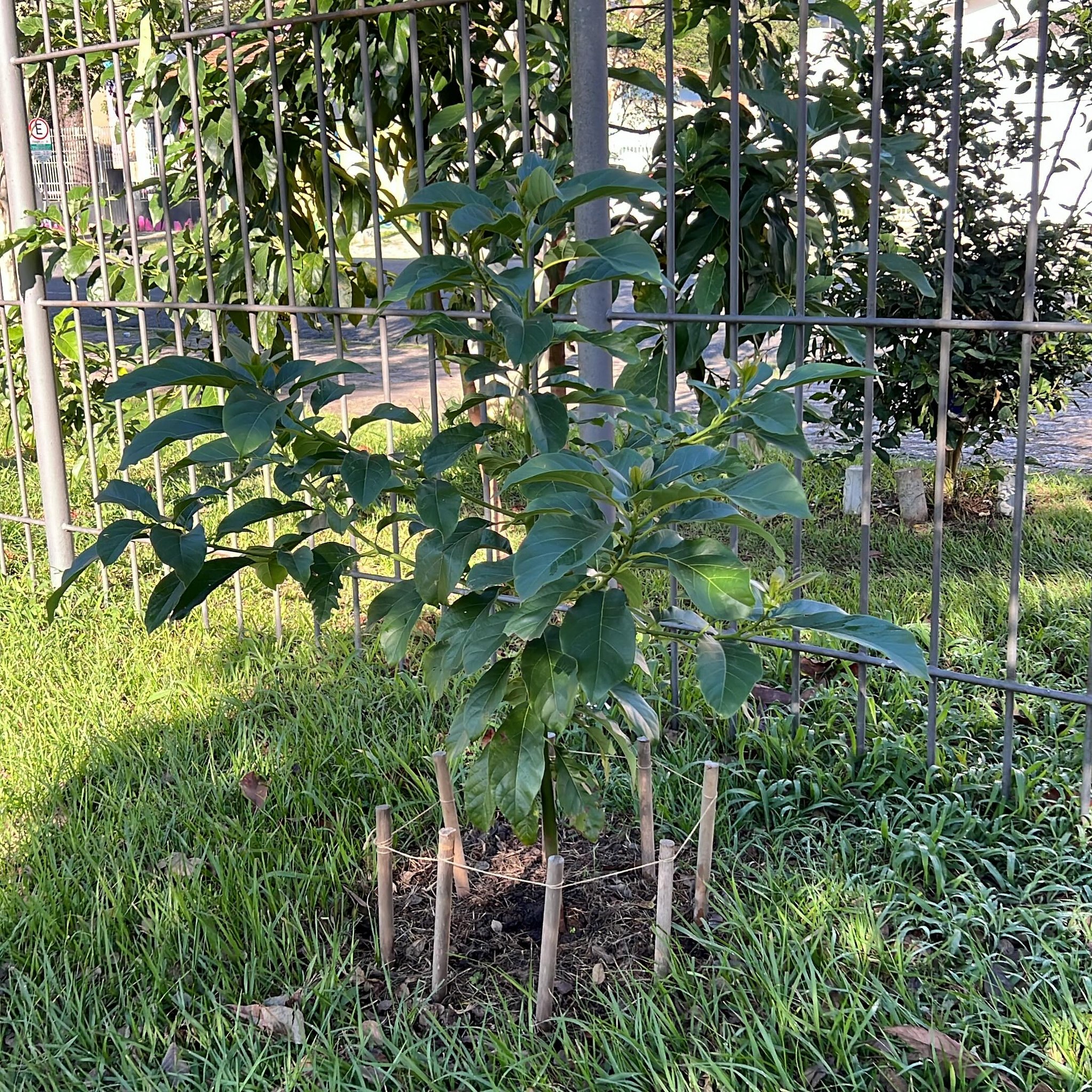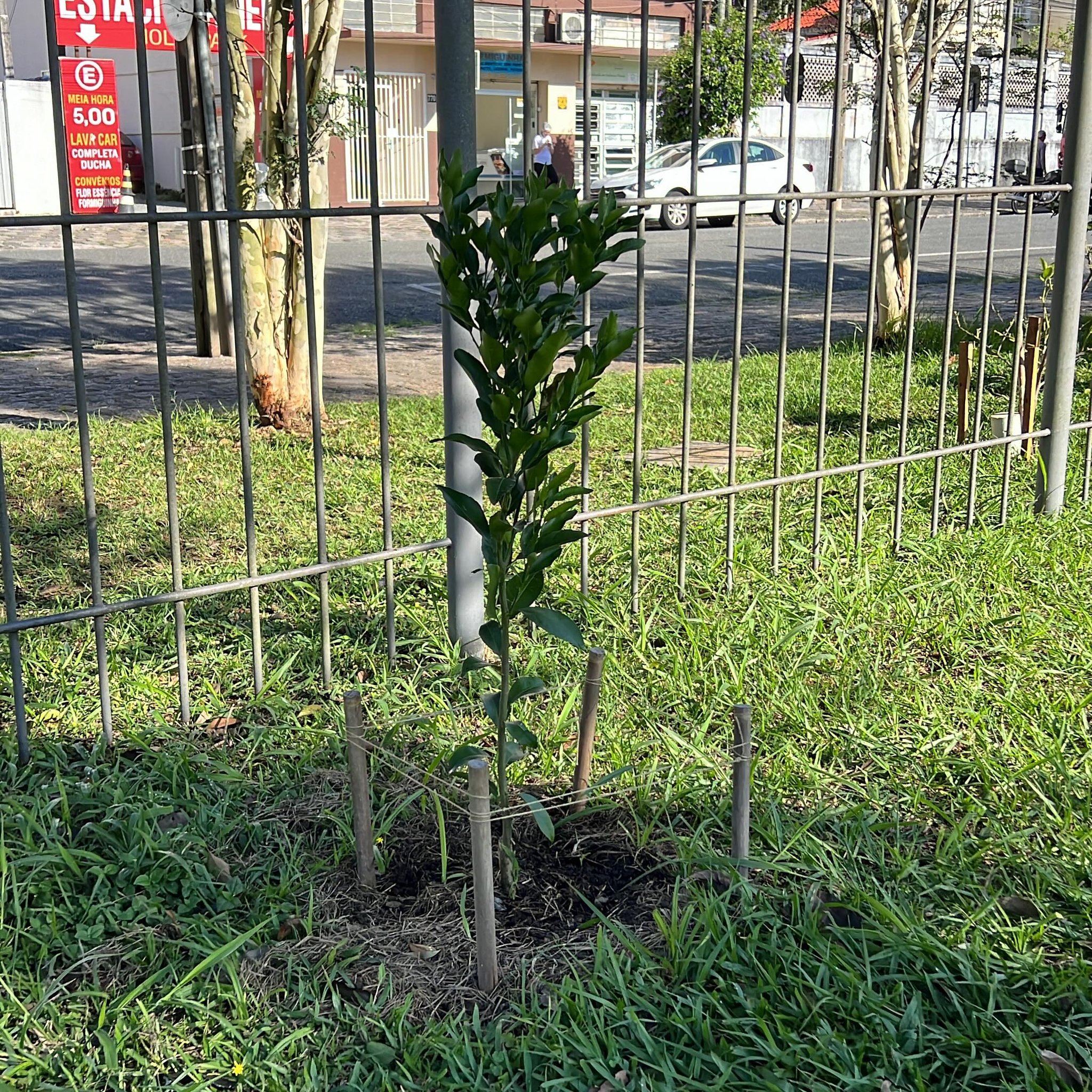- (55) 41 996756189
- (55) 41 996756189
Reforestation project in parks and squares
with Atlantic Forest trees
Clean air, humidity, carbon neutralization and temperature reduction
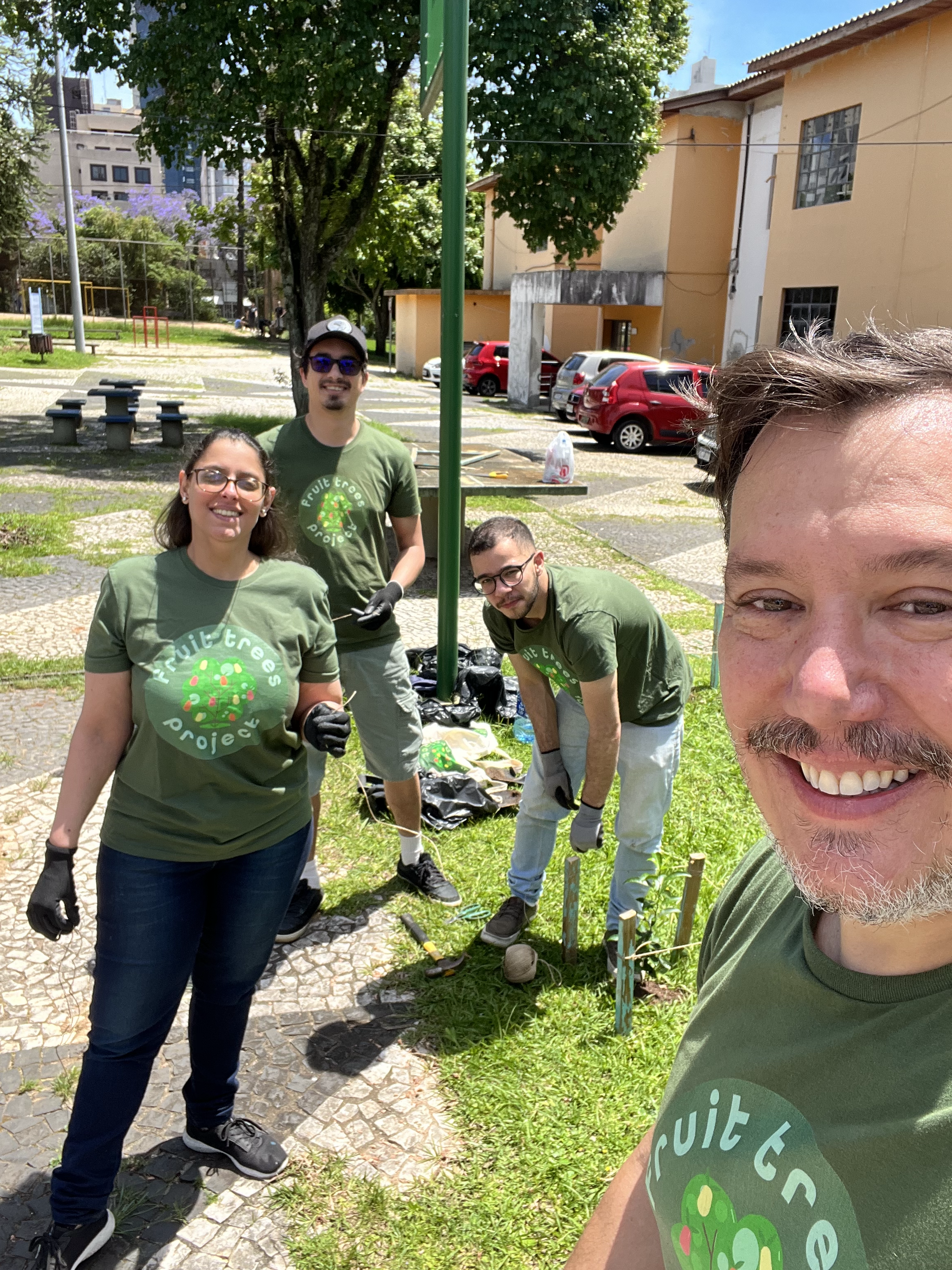
Hello, get to know our mission
and everything about the project
Our mission is to create small forests of the Atlantic Forest in squares, parks, and designated green areas in the cities of Curitiba and Rio de Janeiro, teaching the local population about ecology with citizenship. They learn about ecology and apply the lessons in their daily lives, multiplying greenery throughout the cities of the project.
Brazil has only 12.5% of Atlantic Forest and we want to increase this percentage by working within cities. The Atlantic Forest runs from Rio Grande do Sul to Rio Grande do Norte and had occupied 15% of the national territory.
In the case of the southern region where Curitiba is located, the forest is humid subtropical. With these small planted forests, the idea is to reduce the temperature around squares and parks by up to 4ºC, helping the population of each neighborhood at a time when the world is experiencing a significant increase in temperature. We urgently need to plant 1.2 trillion trees around the world and stop deforestation.
To give you an idea, 15 billion trees are felled every year on the planet and our project wants to be global to help reverse this. Imagine every square and park in every city having the Fruit trees project.
Reducing local temperature, clean air, humidity, neutralizing carbon and creating food for the wild birds is the project’s mission.
Do you know all 17 SDGs?
We use SDG in the Fruit Trees Project
Forest Restauration
Bringing back its origional functions
Enriching degraded soil
The composting of organic waste that would otherwise be discarded in the landfill. Result: vegetable soil substrate fertilized with earthworm humus.
Fast growing trees
The Atlantic forest is our mission at Forest Restoration. We use fast-growing trees like Embaúba (Cecropia pachystachya), to help slow-growing centenarians.
Removal of all rubbish
Removing all industrialized man-made waste and disposing of it correctly is one of our pillars. Leaving only the organic material that can be worked and turned into fertilizer.
Project features
Discover the characteristics of a project aimed at all cities
Trees from the country's native forests.
Here in Curitiba, 100% of native Atlantic Forest. They are: Pau Brasil; Árvore do Sabiá; Capororoca; Embaúba; Jequitibá; Jacaranda; Guanandi; Grumixama; Jabuticabeira; Pitangueira; Guaçatonga; Tucaneiro; Ipê; Cereja do Rio Grande.
Costs to implement the project and maintain
Native trees from the country's forests, fruit trees that are widely accepted, composter, agricultural tools, pieces of wood, biodegradable bags and uniforms are what make up the project.
Natural fertilizer: keeps water in the soil, helps growth and fruiting
We use a natural solution to keep water in the soil and help trees develop: Cut into pieces 2 Aloe vera leaves (African origin, aloe belongs to the Liliaceae family) and place in a container with the Castor cake (extraction residue castor seed oil) and then top up with water and mix well. Use the solution around the tree and then cover it with some humus topsoil.
Enrich the soil for planting and maintaining trees
Rehabilitating the soil is essential and for this it must have organic matter, hold water and become fertile. The planting holes are made 50 centimeters deep and 40 centimeters at the ends. Every 3 months the surface is fertilized with topsoil with earthworm humus, helping the trees to grow. Fruit and egg shells are placed in the compost bins to always create rich fertilizer for planting.
Zero waste so as not to hinder the development of Flora and Fauna
Nature is pure and has an entire recovery process and therefore the removal of all physical waste generated by human beings is collected. We separate the recyclable part such as glass, aluminum, batteries and the rest is allocated to specific places by the city hall. We have already collected more than 7 tons of trash in the 2 squares where the project operates.
The project serves city squares and parks
With the advance of cities towards forests, we believe that city squares and parks can become great sanctuaries of nature. Remaking the ecosystem that once existed before cities.
Neighbors of squares and parks will be called
The cool thing about the project is that it works with city neighborhoods, since the volunteers called live in the region, avoiding long journeys. Friendships will be created by volunteers like a big family.
The Green Guide will be the great teacher and supervisor
After the group of volunteers has been formed, the Green Guide enters the scene and begins teaching the volunteers how to practice the three pillars of the project. Over time, the Green Guide will appoint new supervisors from among the volunteers to continue the project.
The call for neighborhood volunteers
Social networks and calling on the streets are ways to get volunteers. Everything according to the population of each neighborhood being invited to participate in their region.
Fruit trees project on television
The green world starts in your neighborhood |
Discover some of the more than 2.000 trees planted
- All
- Atlantic forest
- Fruit trees
Our blog
Stay up to date, stay on top of nature news
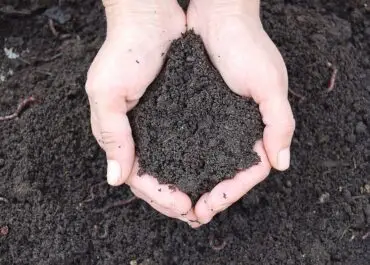
Earthworm Humus: the Secret to Perfect Soil
Are you passionate about gardening and agriculture? Then you have surely heard of earthworm humus and how important it is
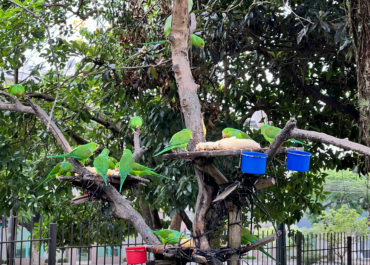
How our native birds help to plant forests
We’re taught from an early age that birds need trees to live in. But so too do trees often need
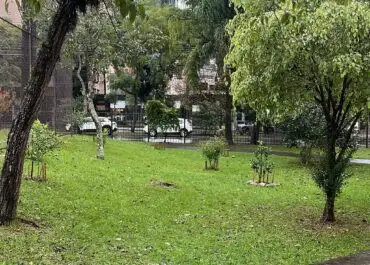
Planting 1.2 Trillion Trees Could Cancel Out a Decade of CO2 Emissions, Scientists Find
There is enough room in the world’s existing parks, forests, and abandoned land to plant 1.2 trillion additional trees, which
Testimonial
See what local people are saying about us
EXCELLENTTrustindex verifies that the original source of the review is Google. Uau, que projeto incrível! É verdadeiramente inspirador ver iniciativas que fazem pensar na sustentabilidade do nosso planeta. Este é, sem dúvida, um excelente exemplo para todos nós que sonhamos com um mundo mais sustentável.Posted onTrustindex verifies that the original source of the review is Google. Parabéns, lindo projeto!Posted onTrustindex verifies that the original source of the review is Google. Projeto espetacular! Bernardo está de parabénsPosted onTrustindex verifies that the original source of the review is Google. Projeto importante para combater o aquecimento globalPosted onTrustindex verifies that the original source of the review is Google. Ótima ideia.
Contact us
Through the service channel we are available
to serve you in the best way possible.
- (55) 41 996756189
- (55) 41 996756189
- fruittreesproject@gmail.com
- Curitiba - PR
